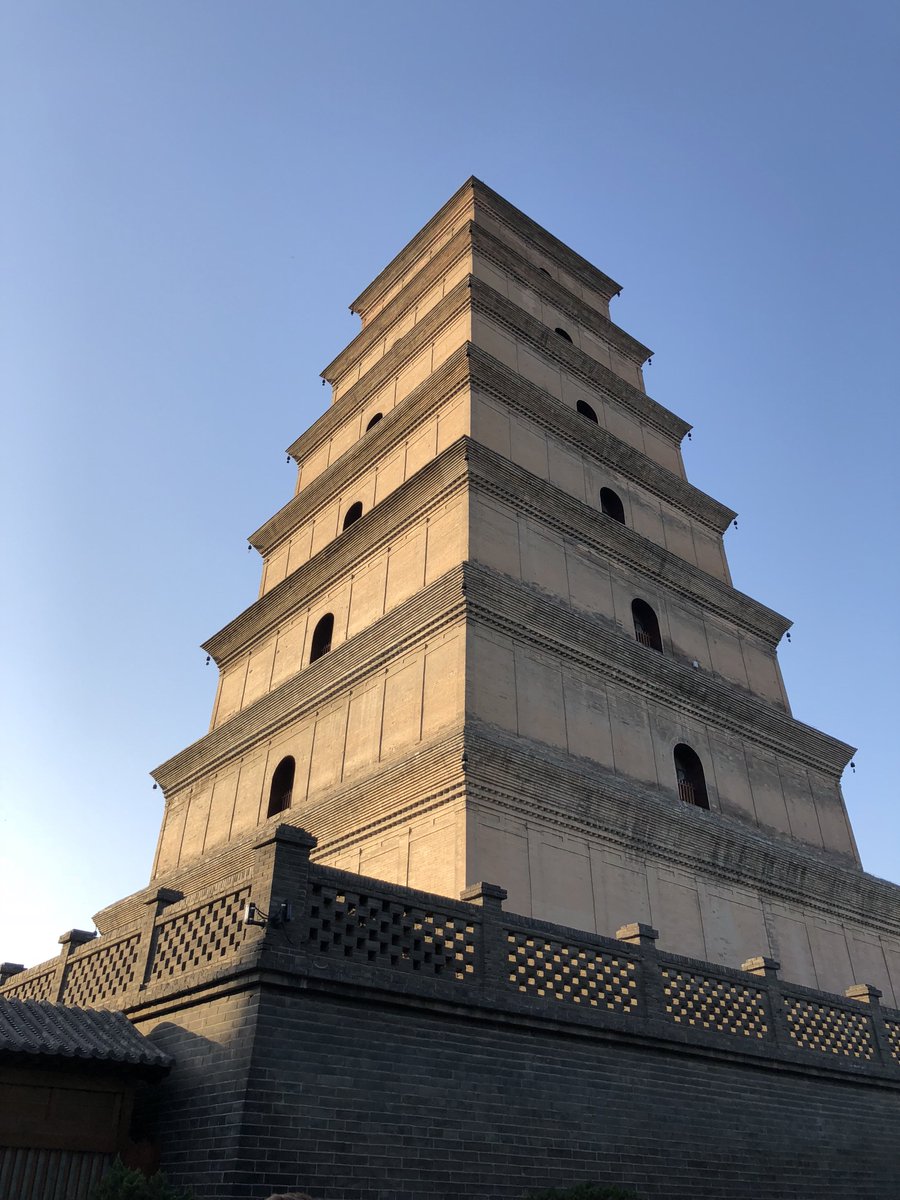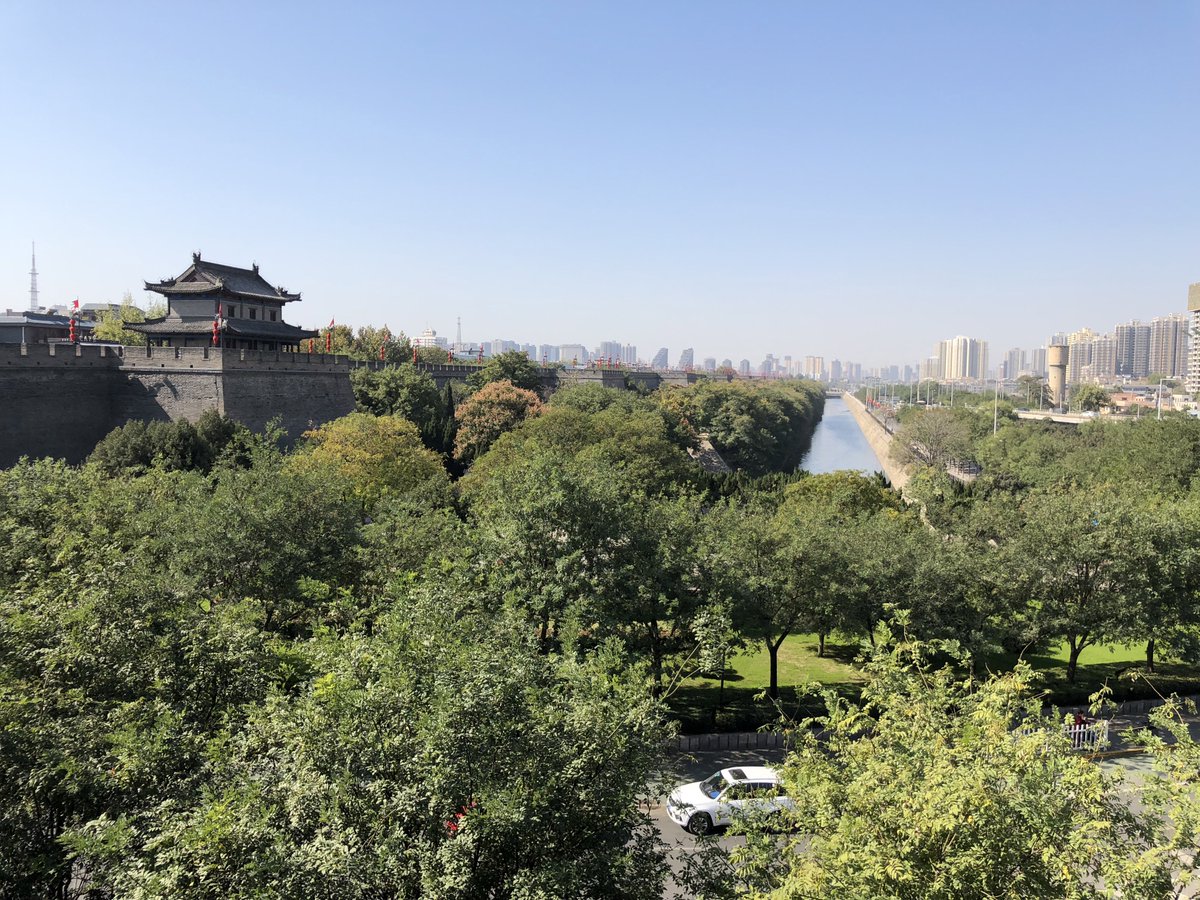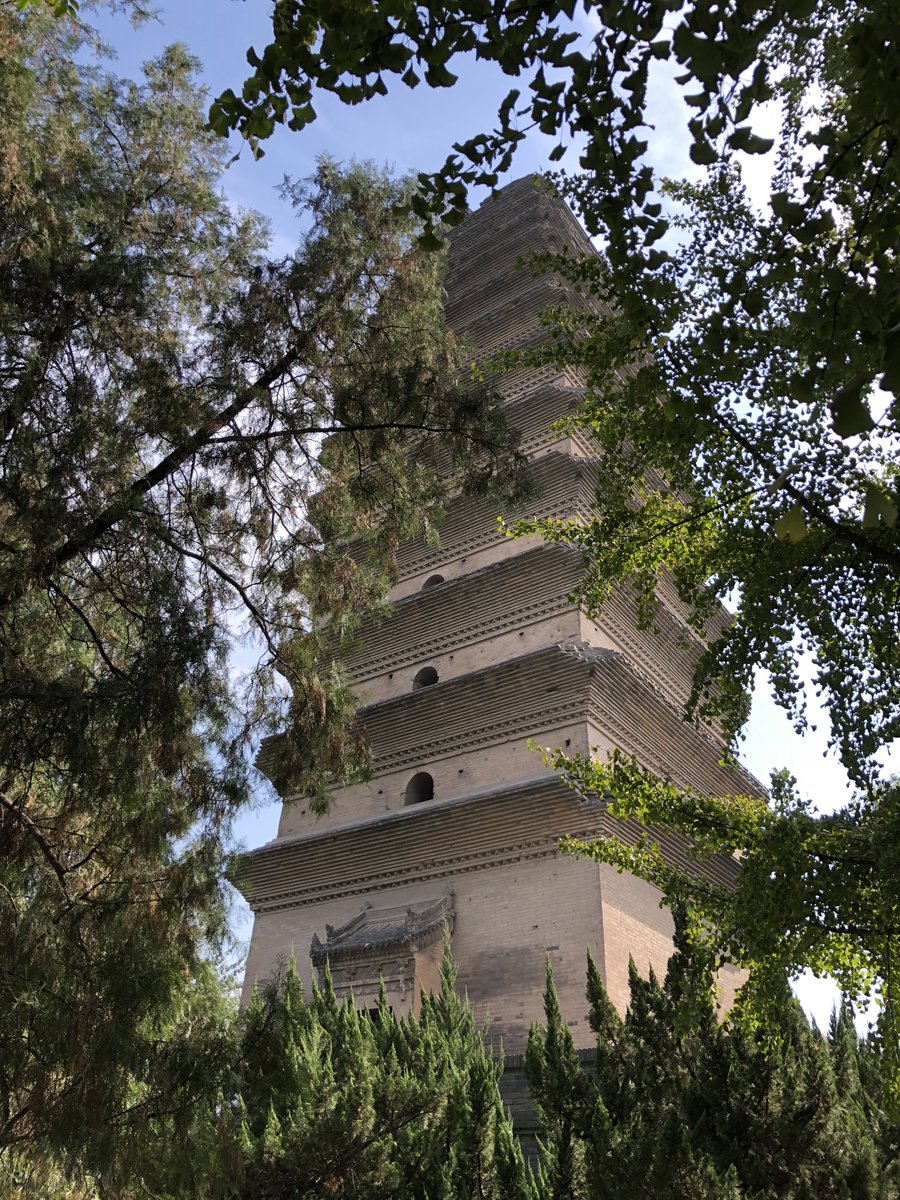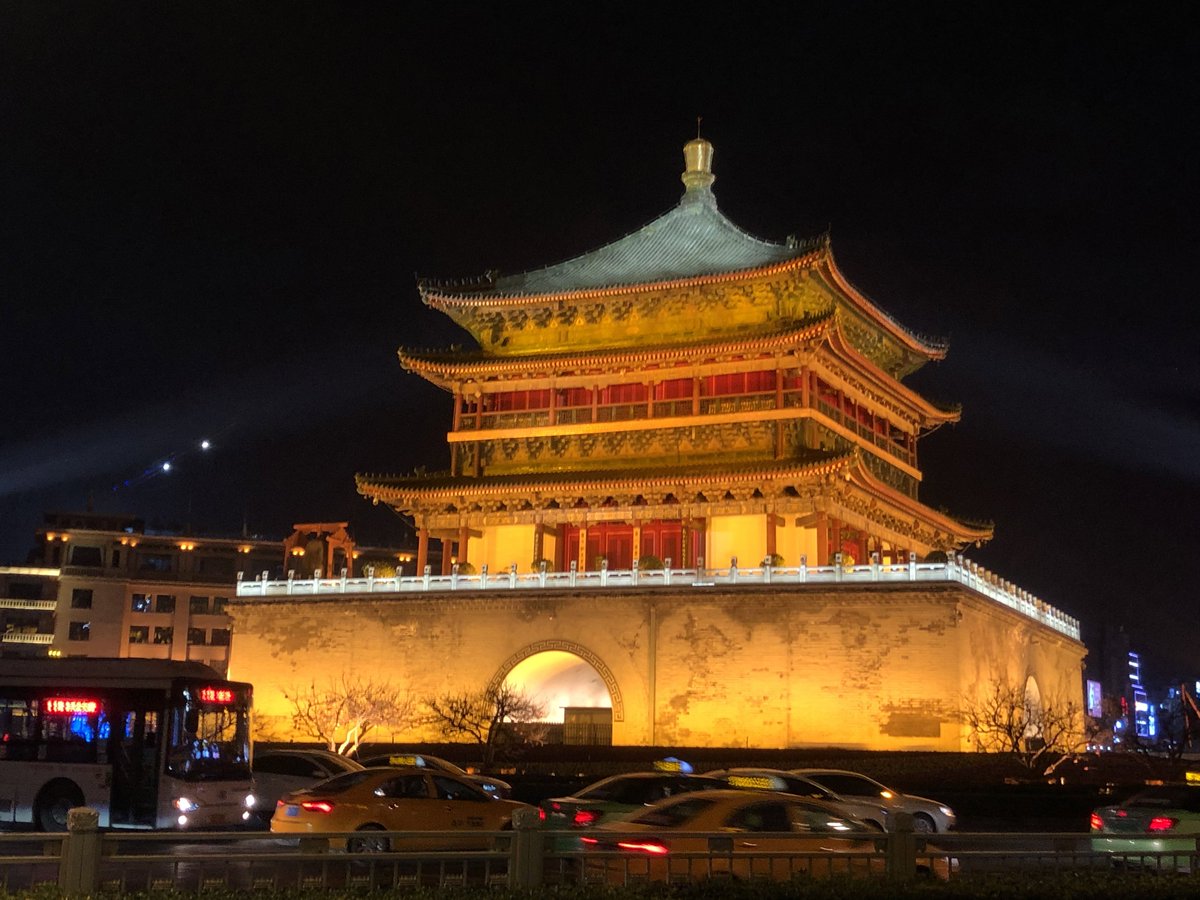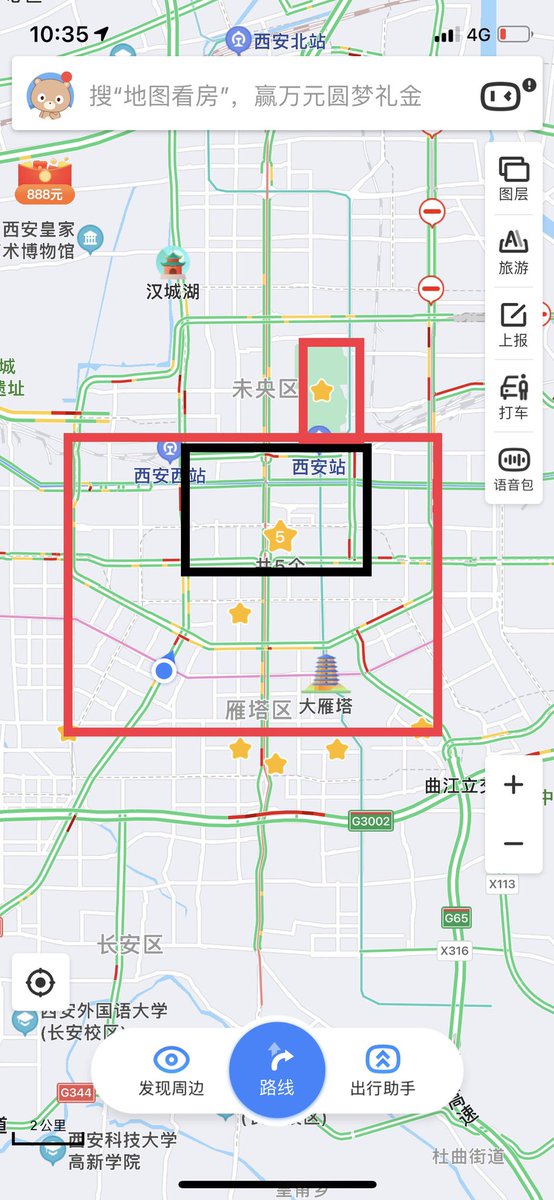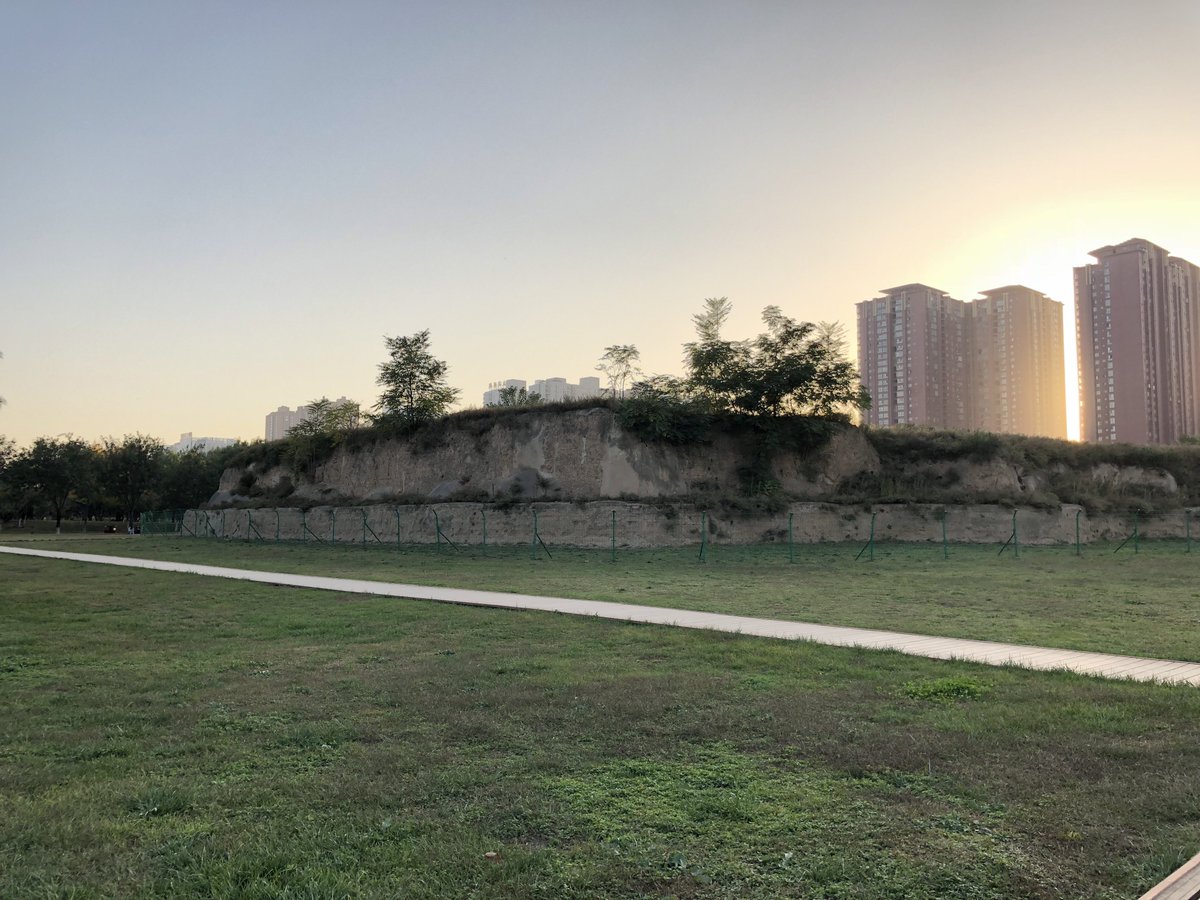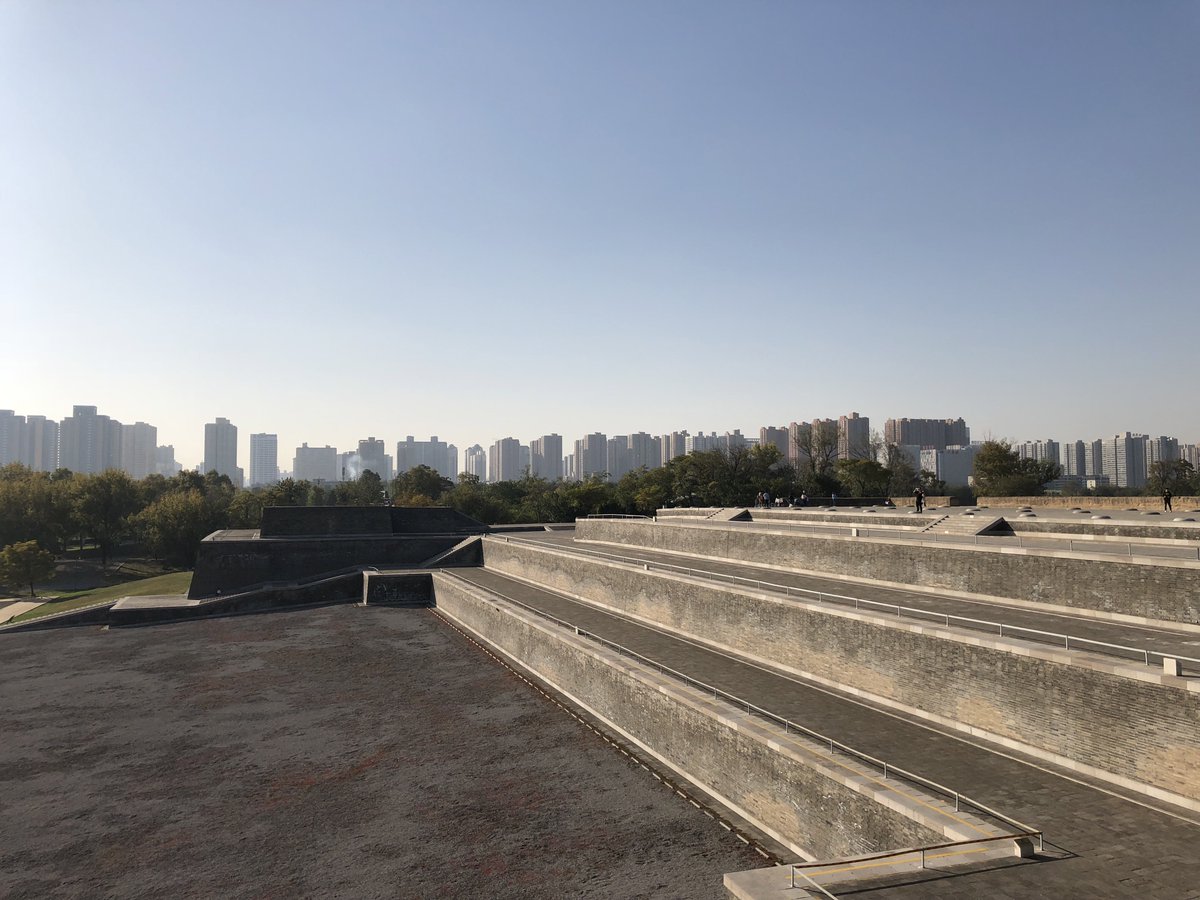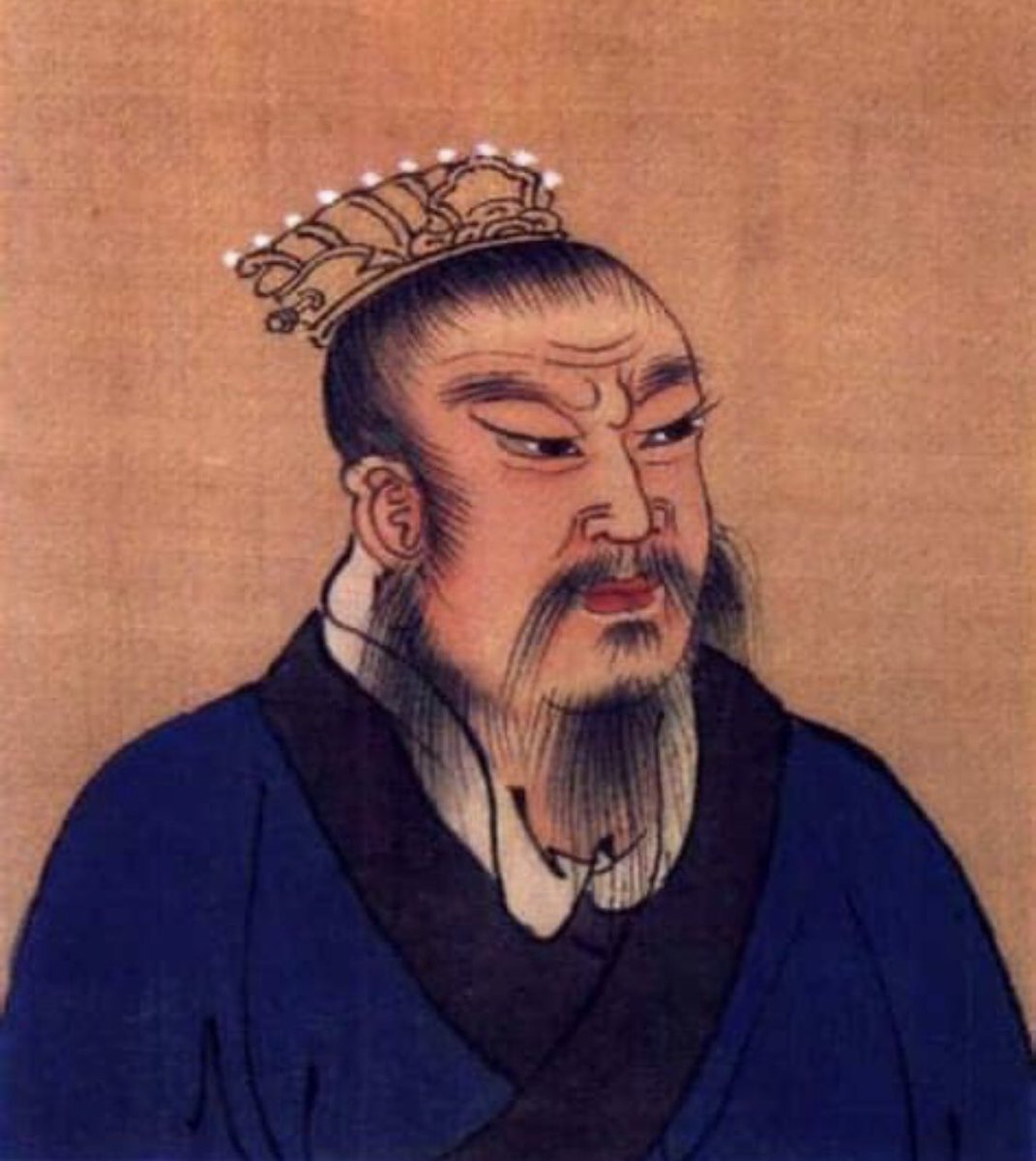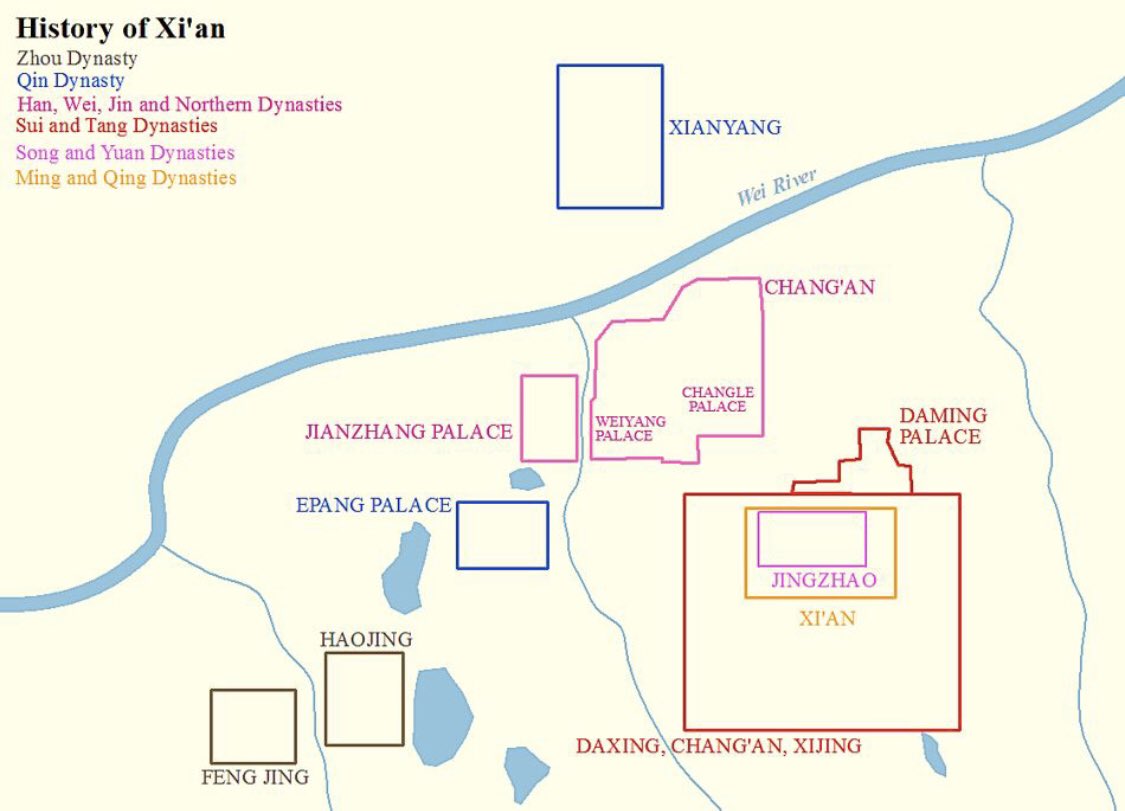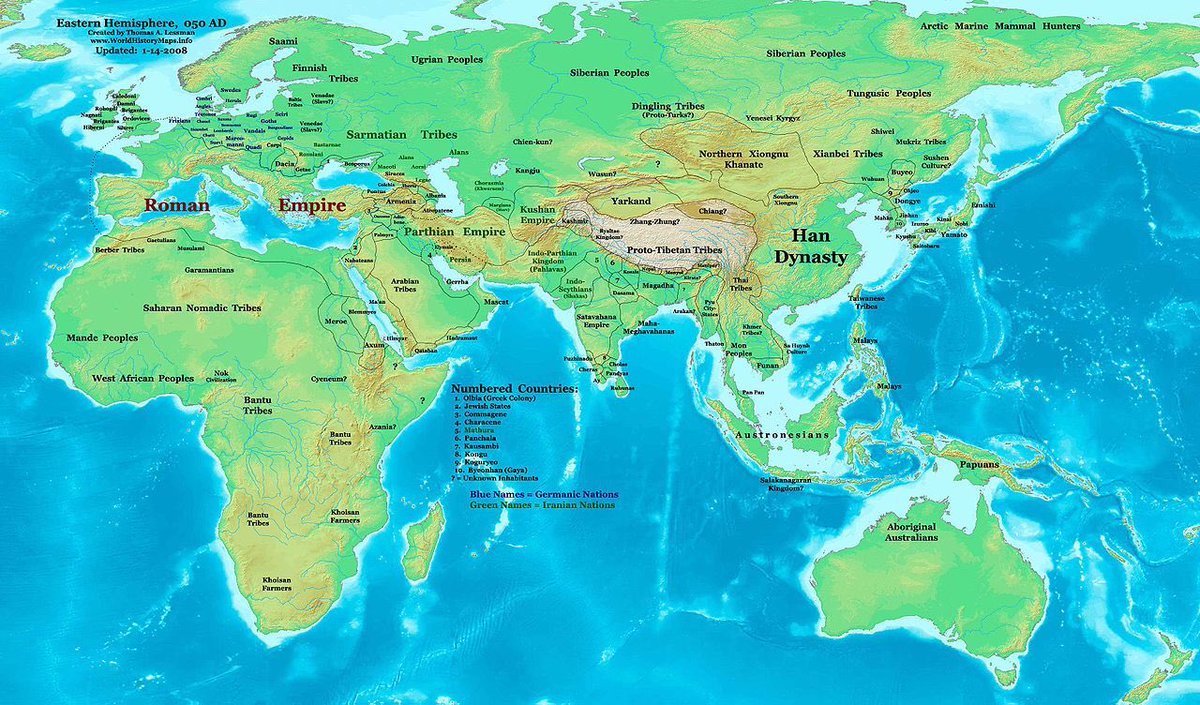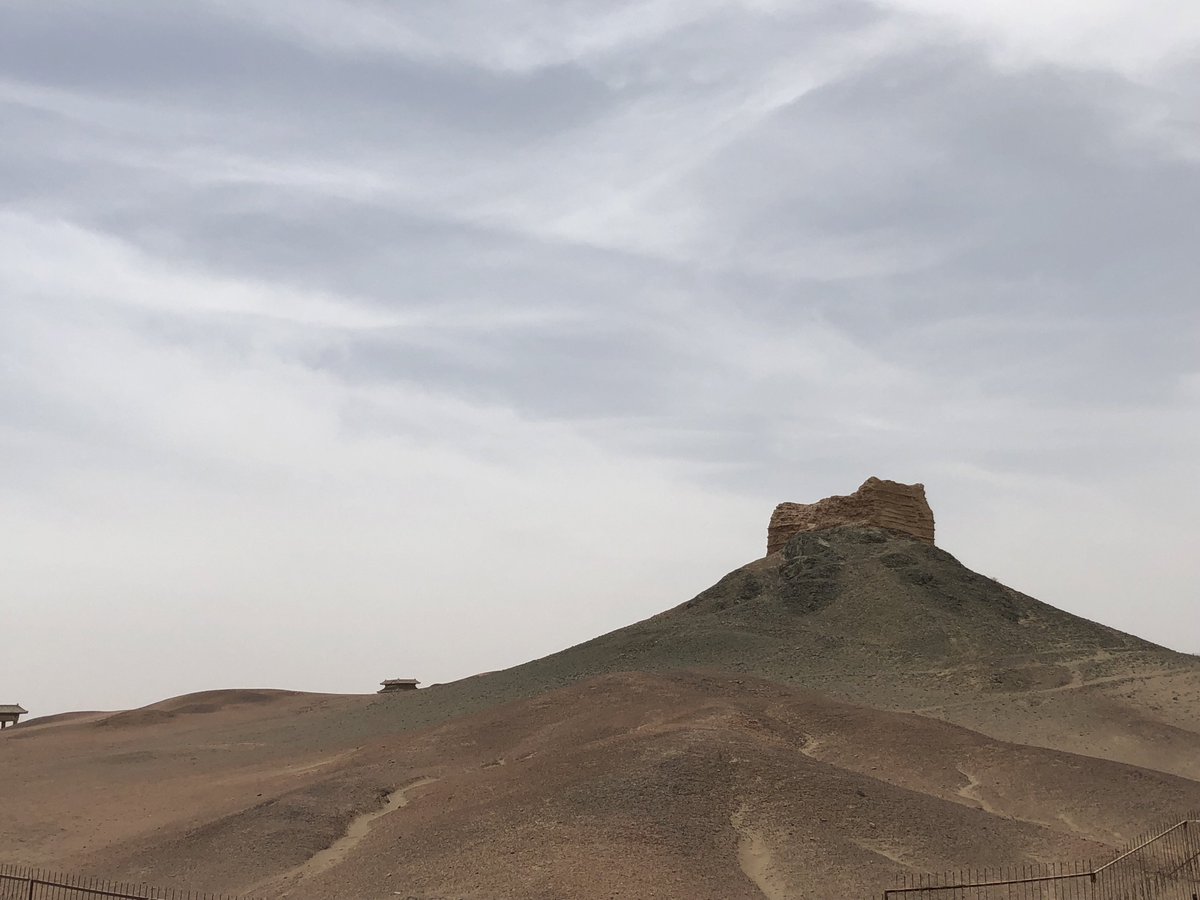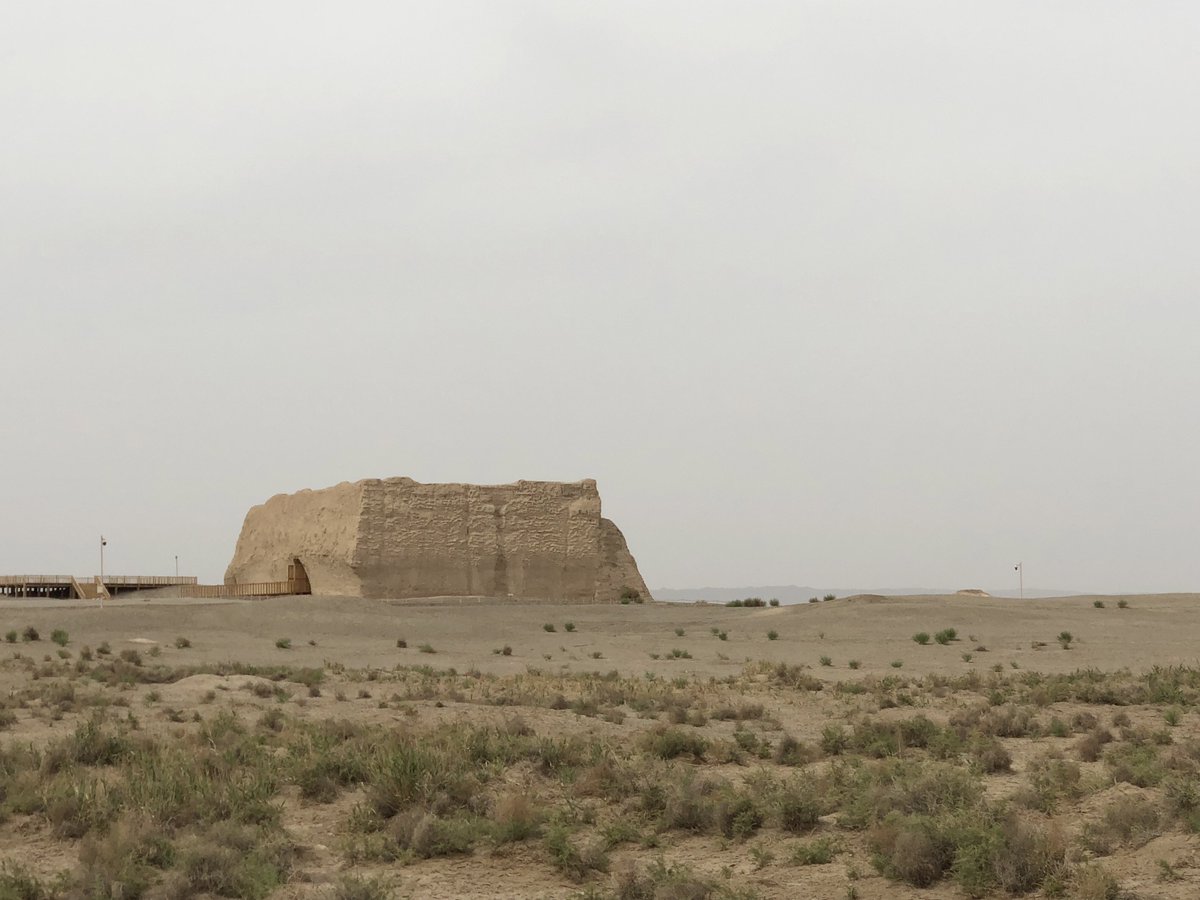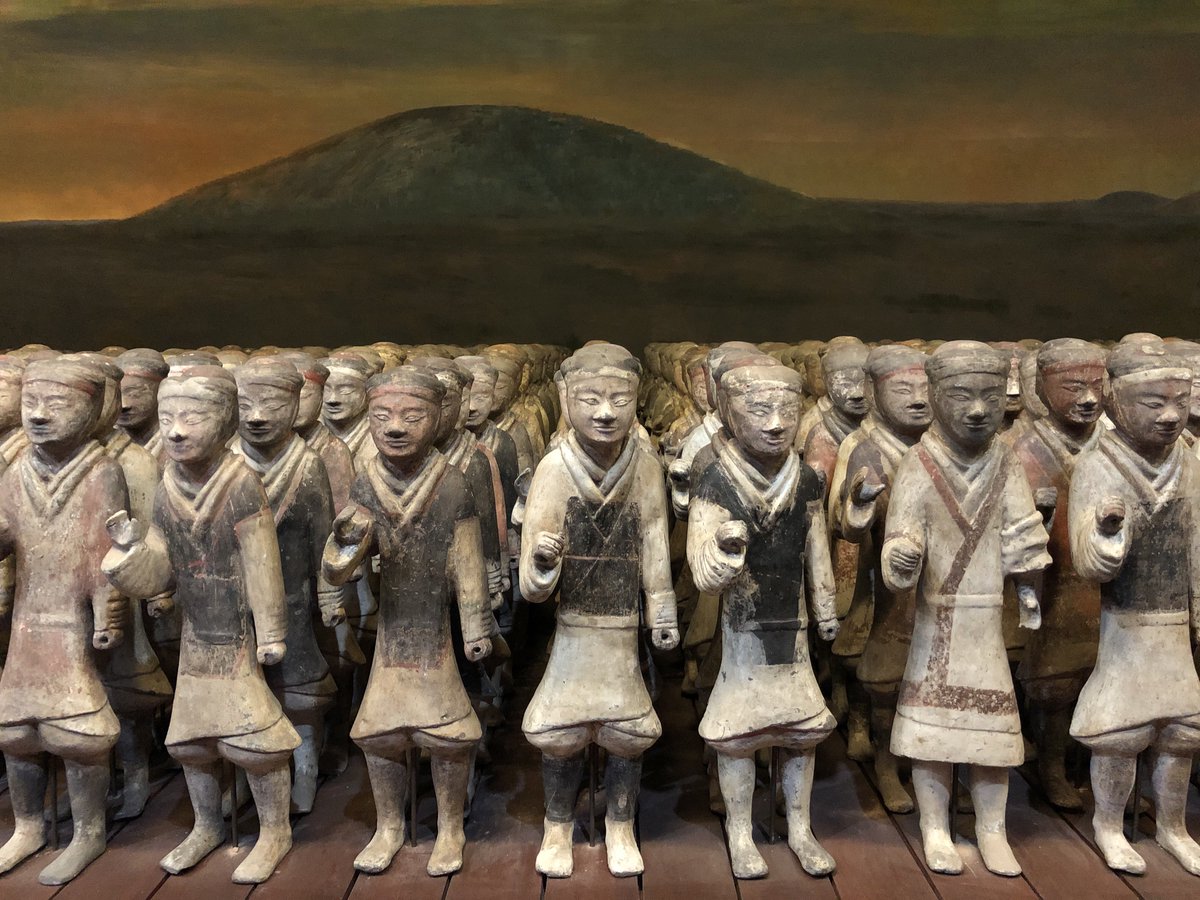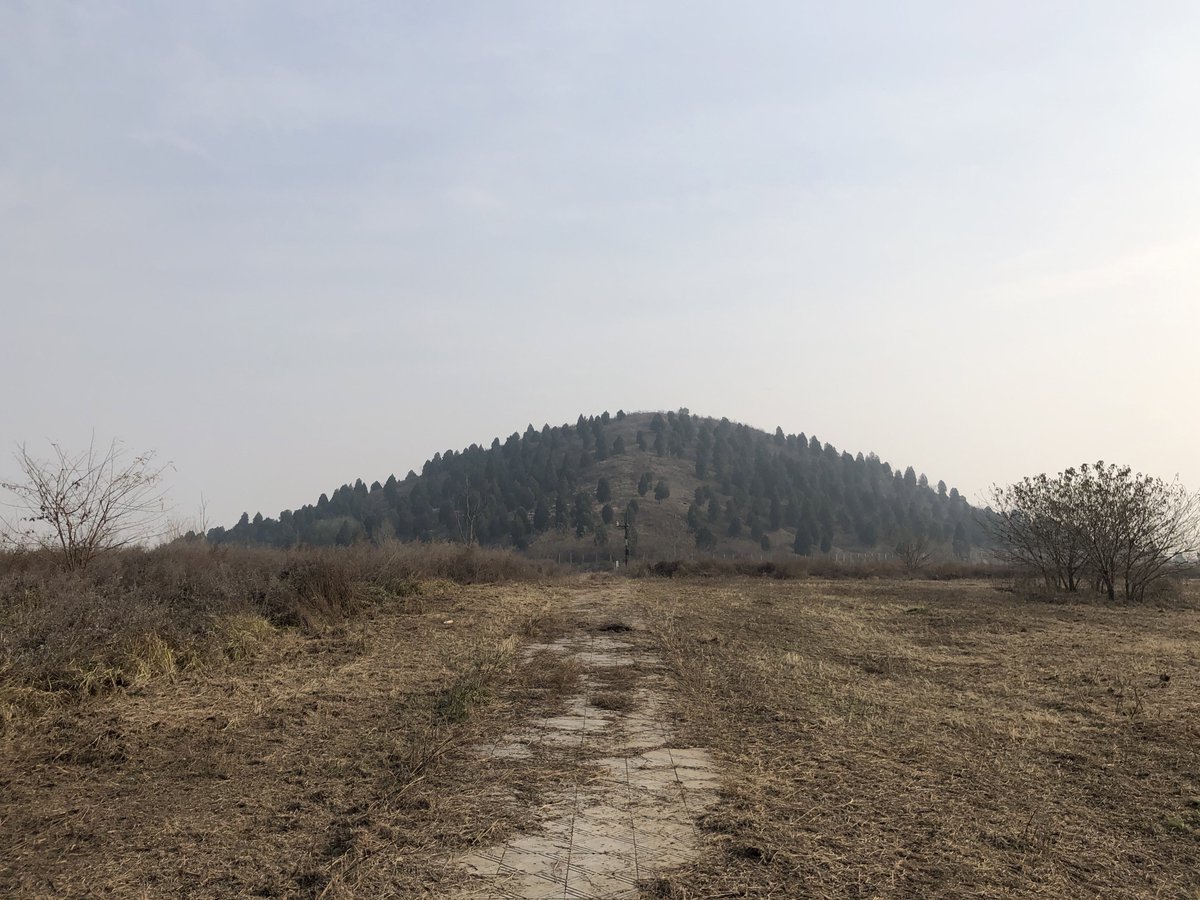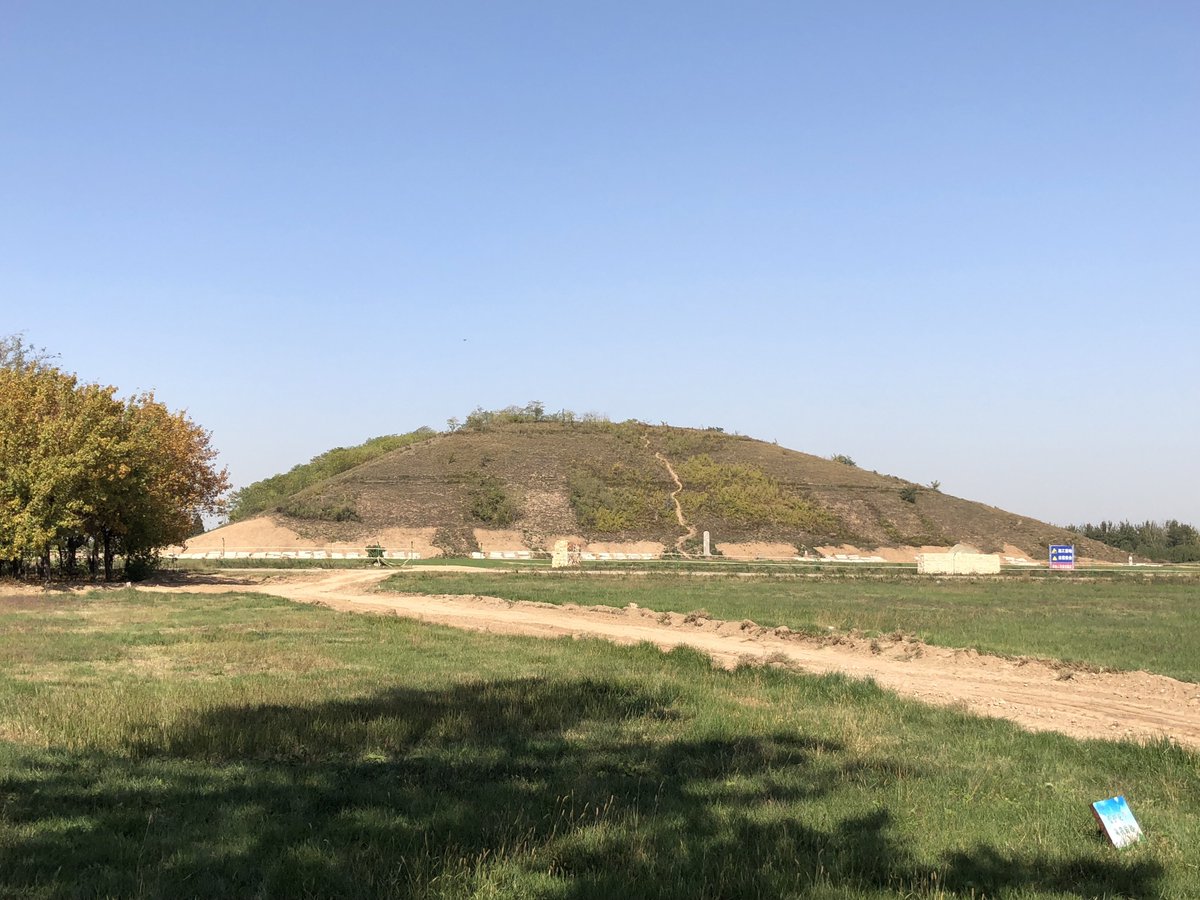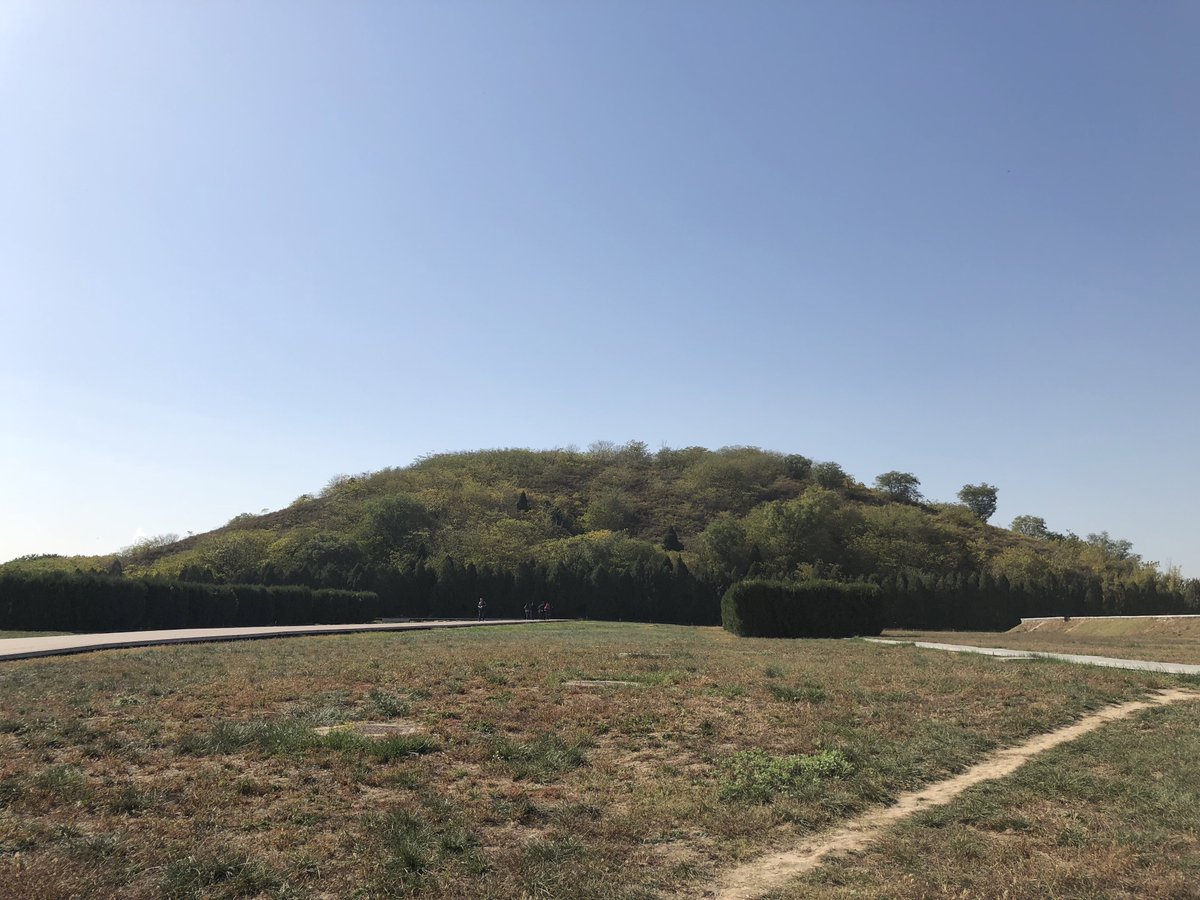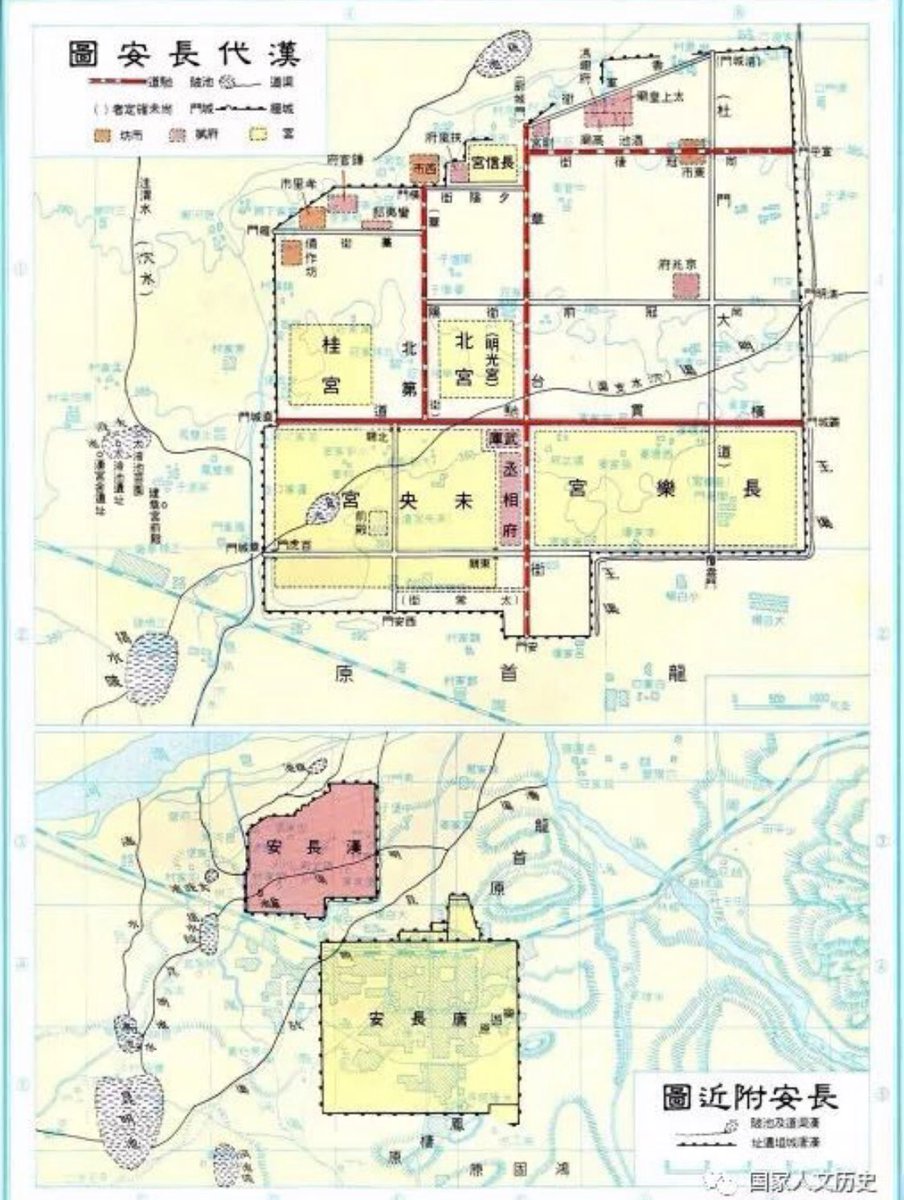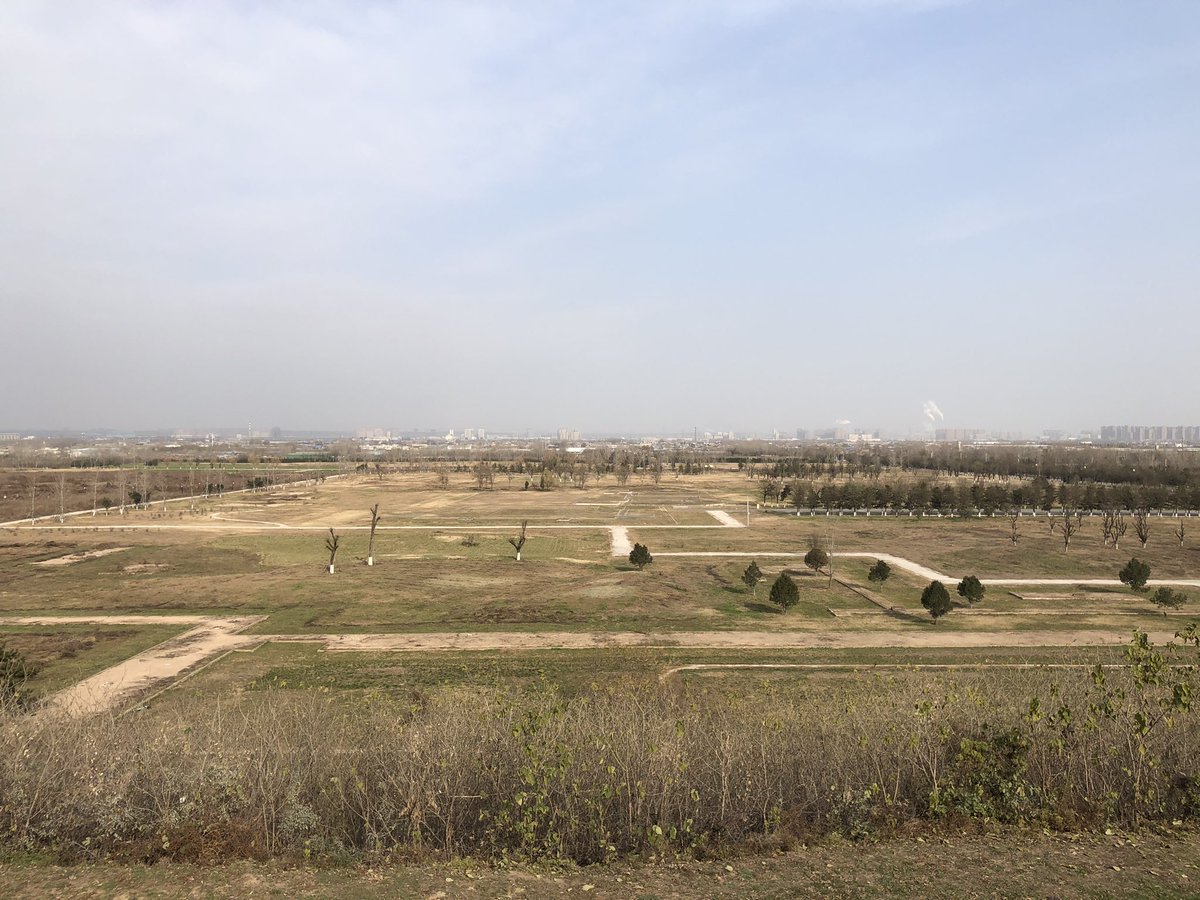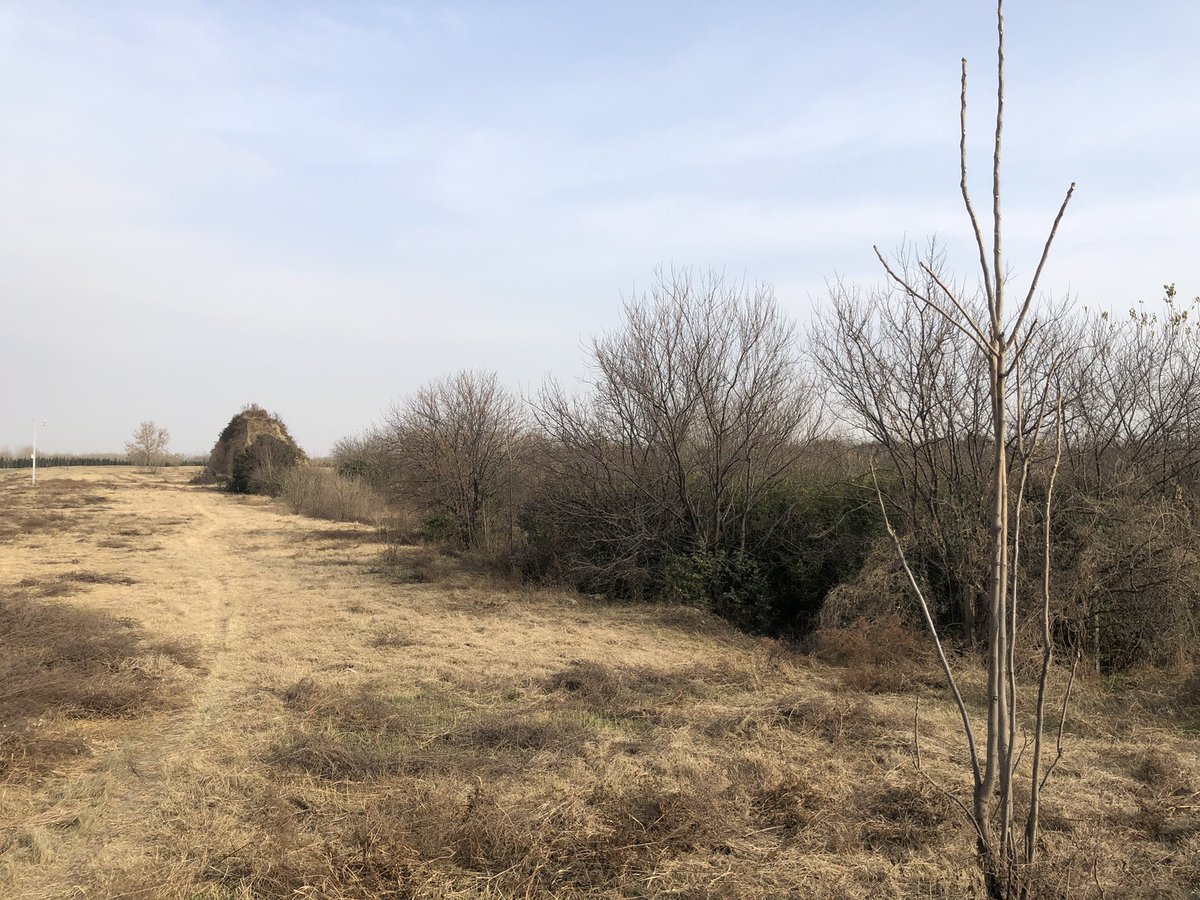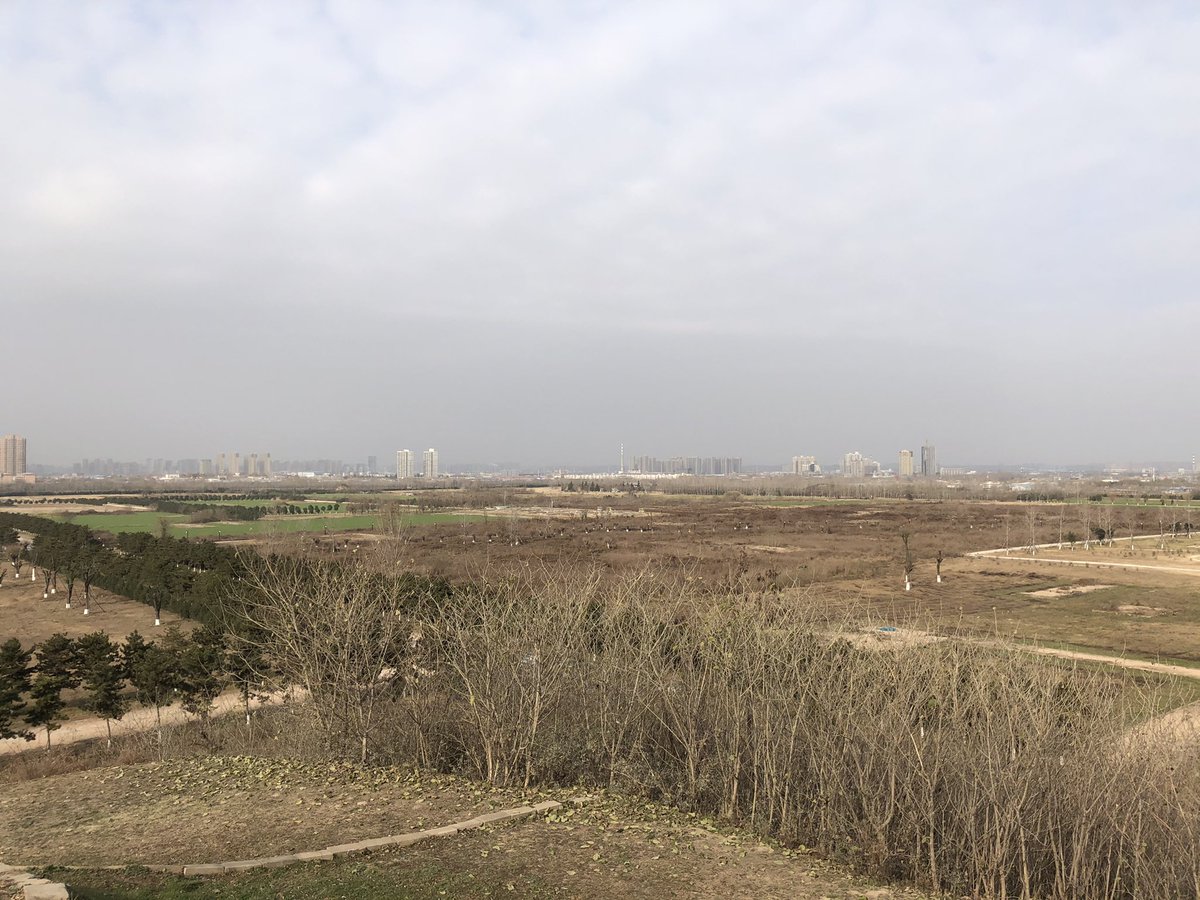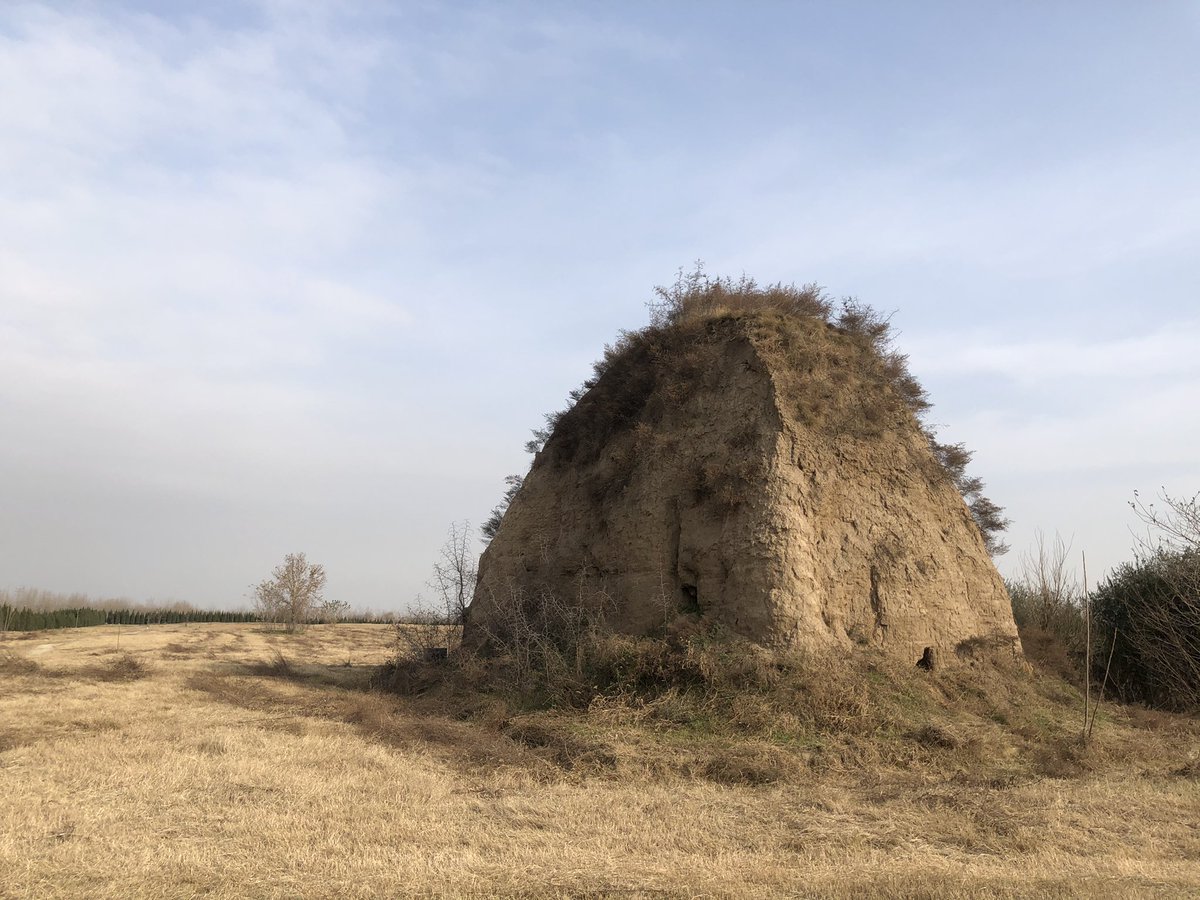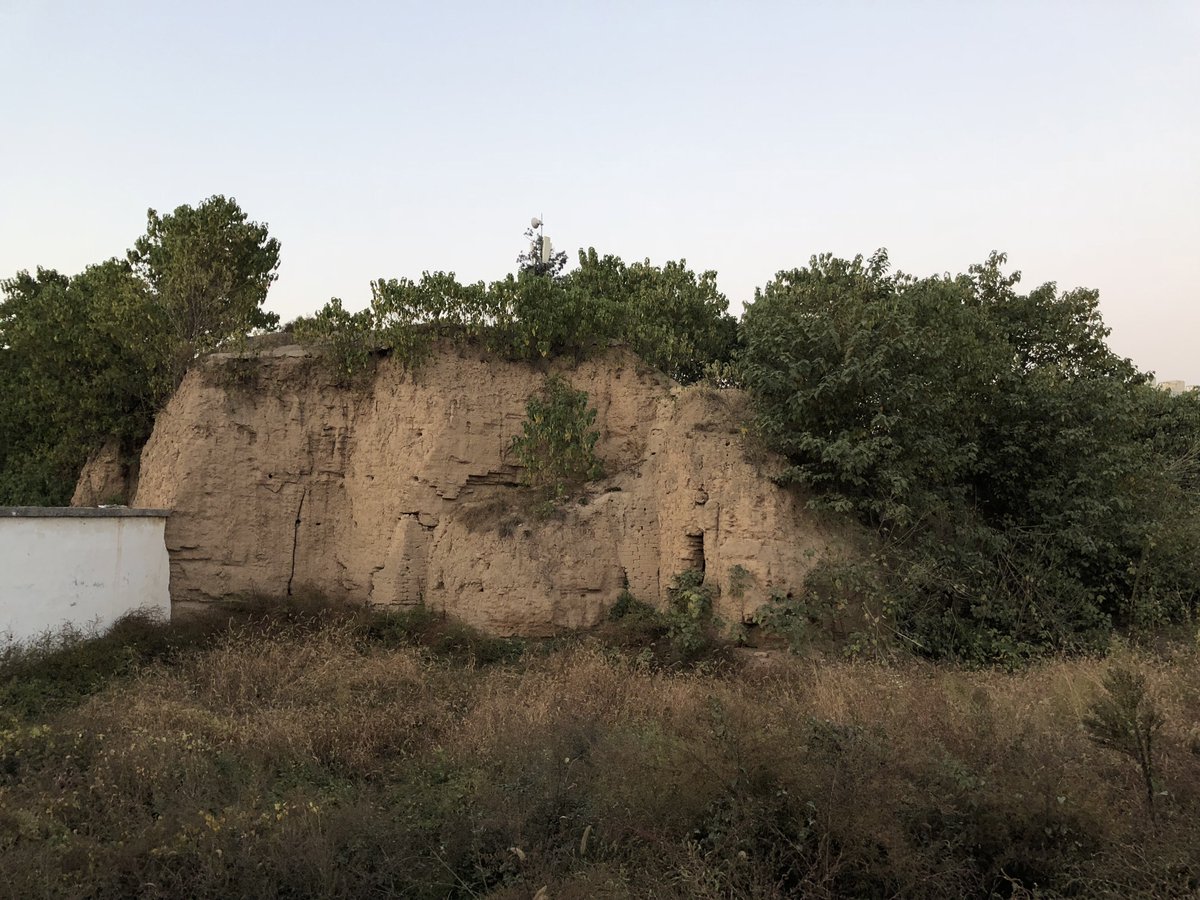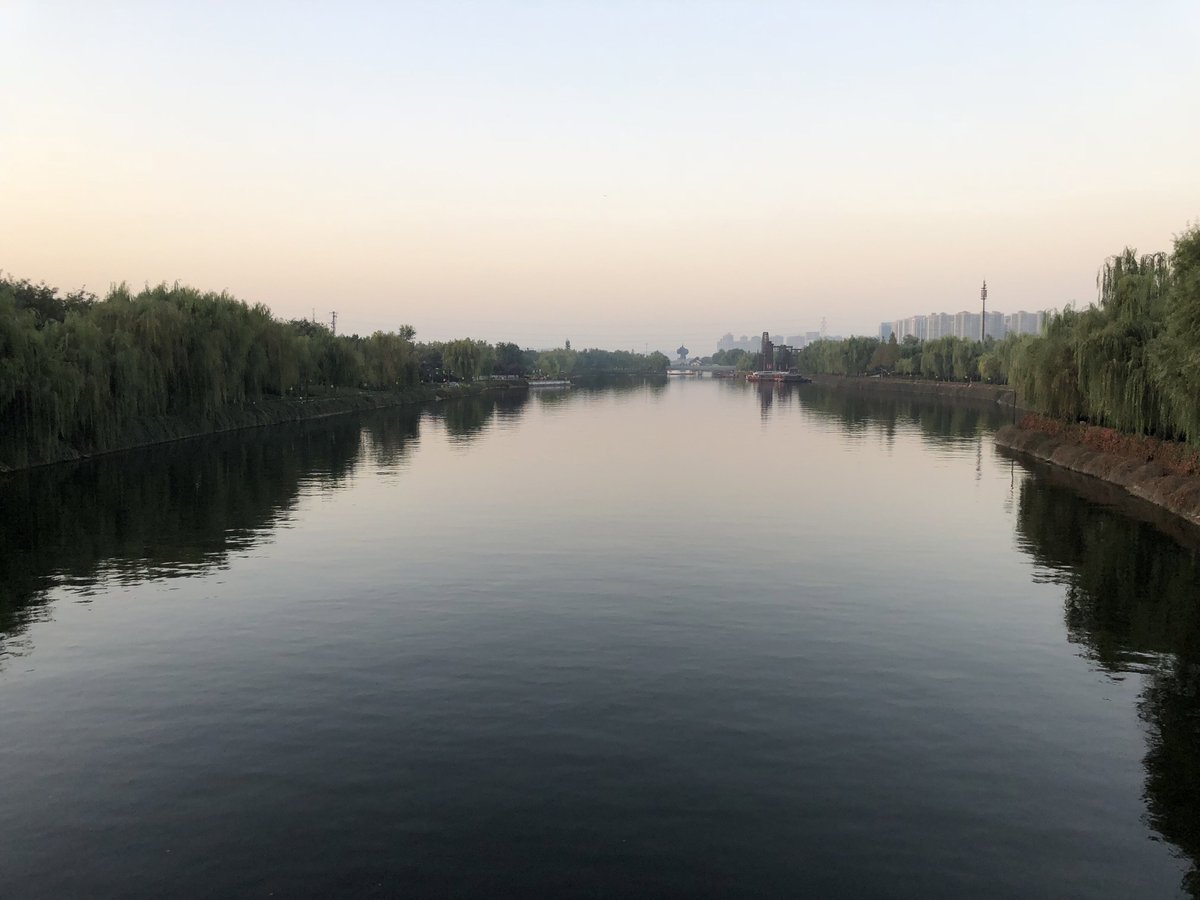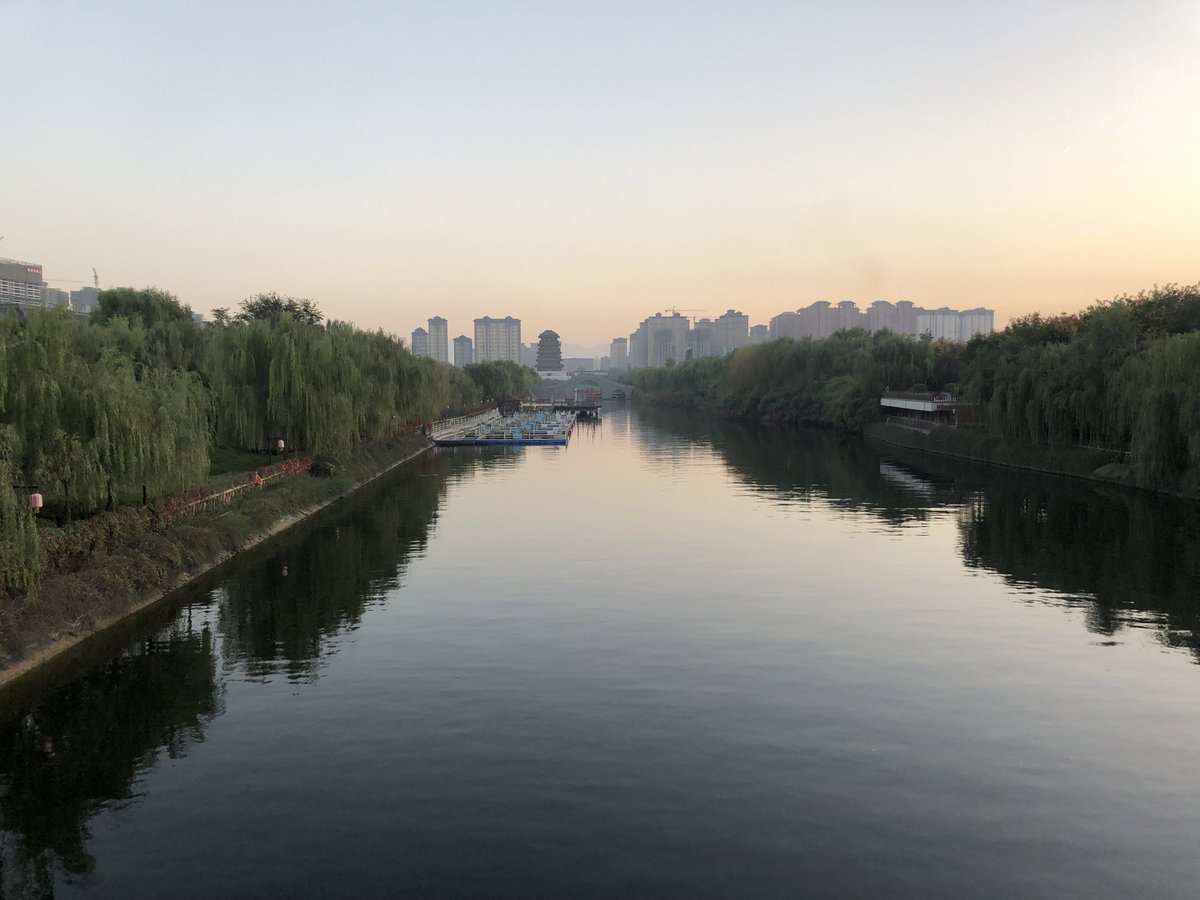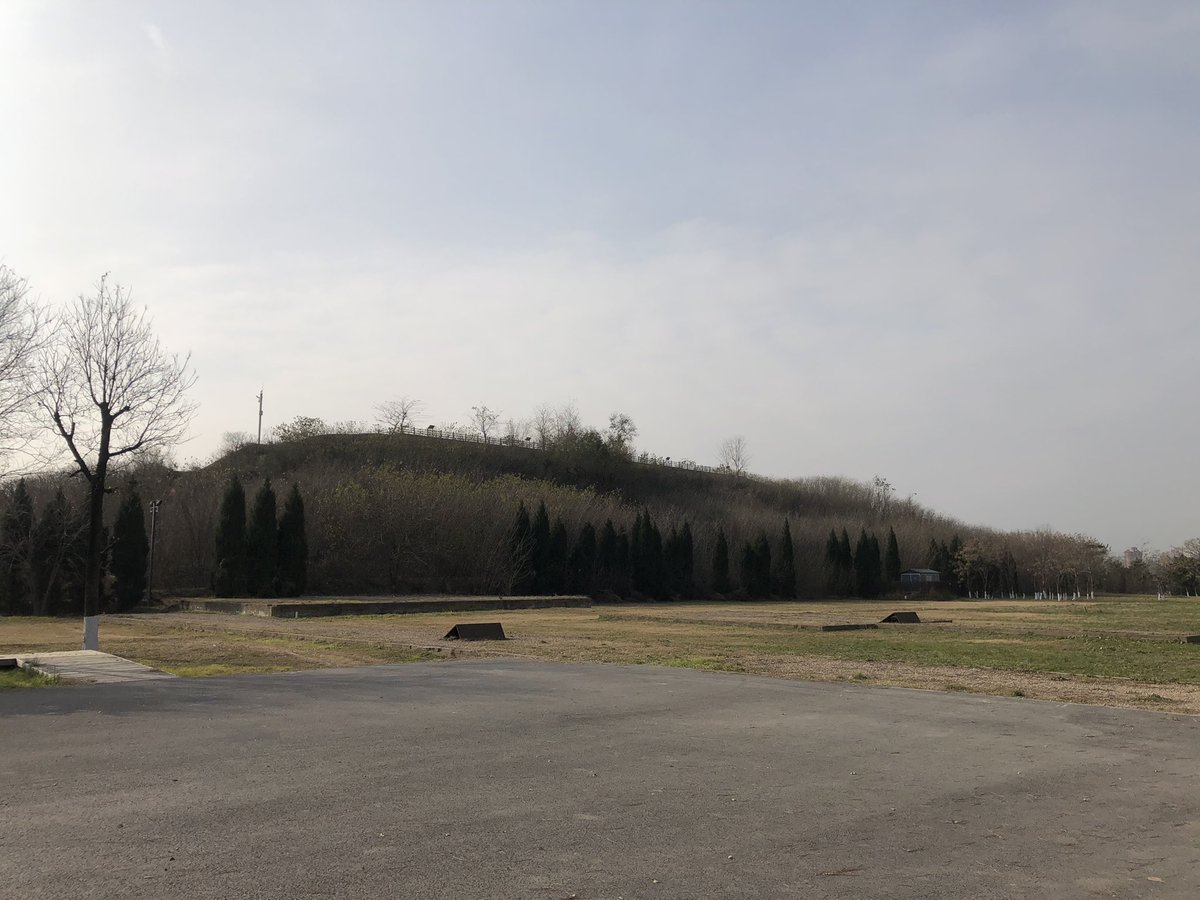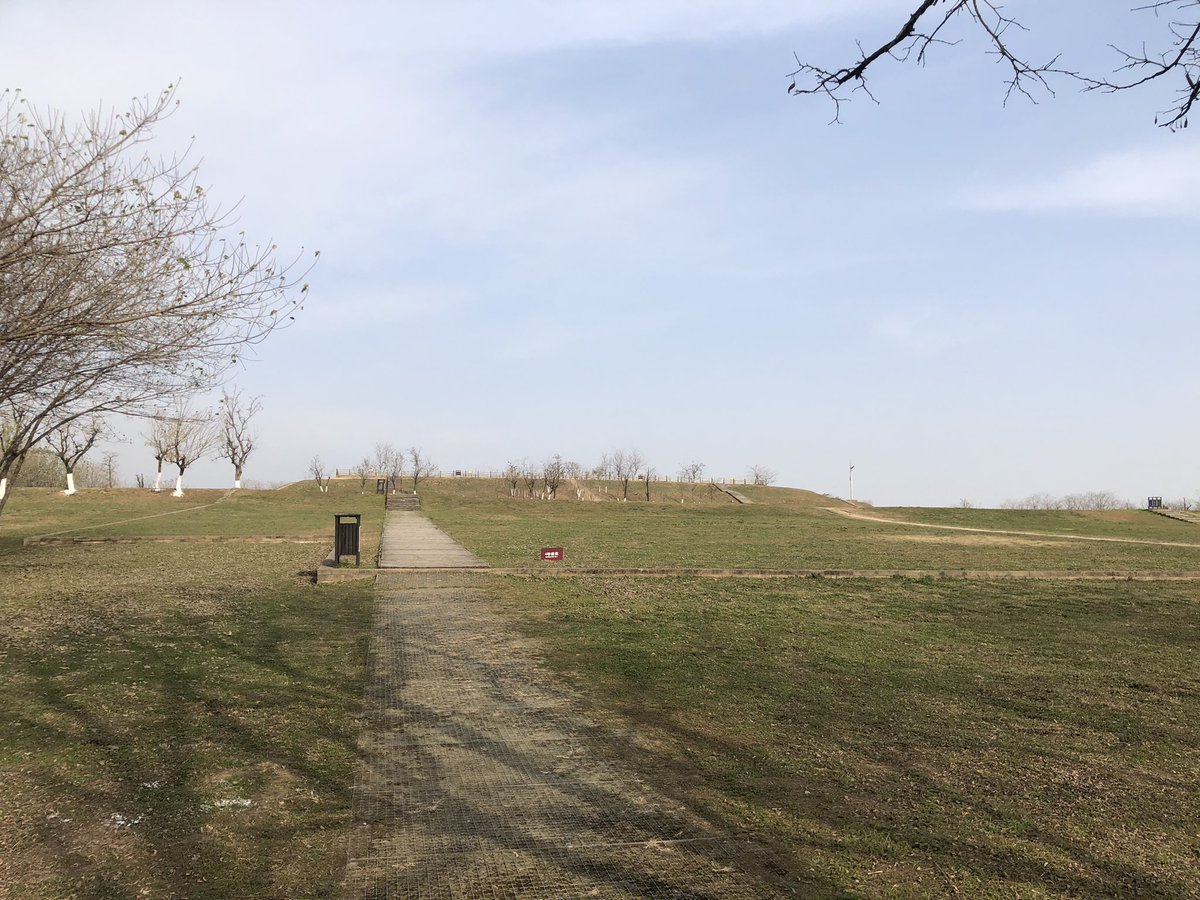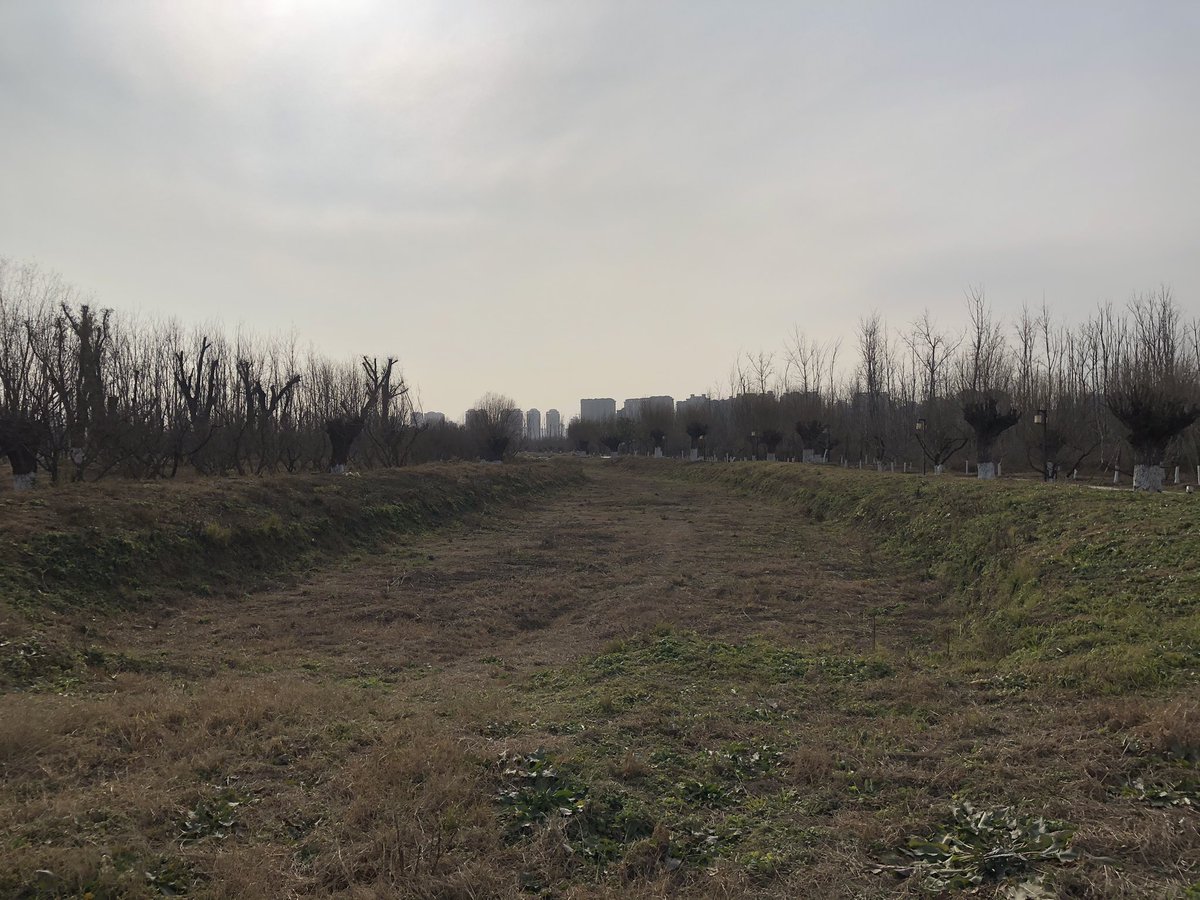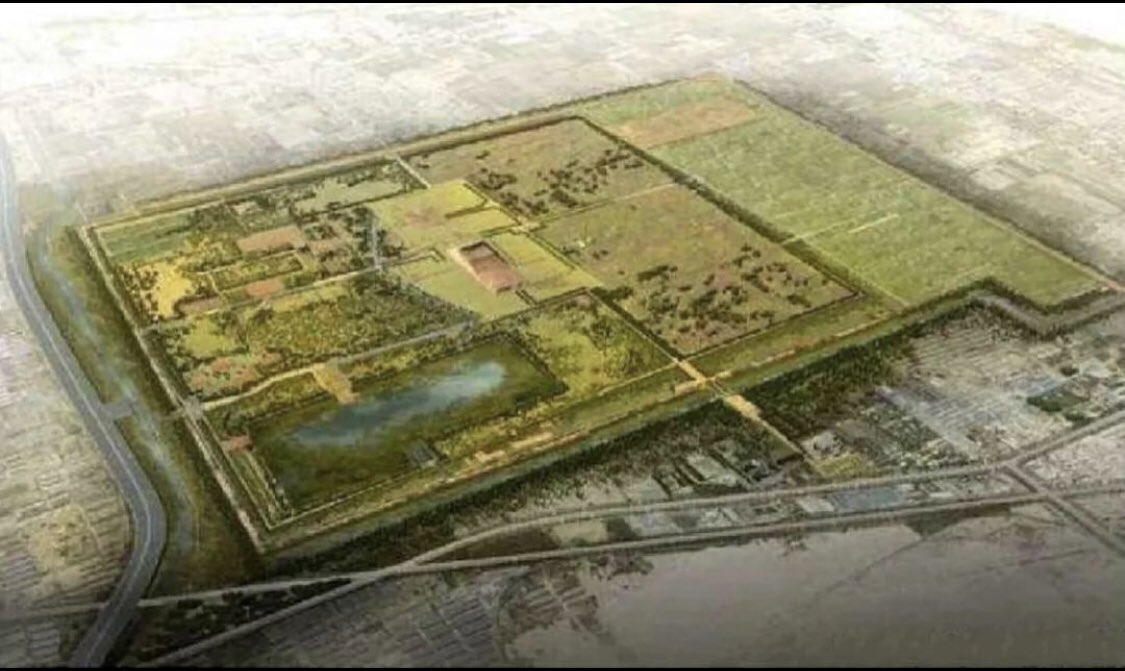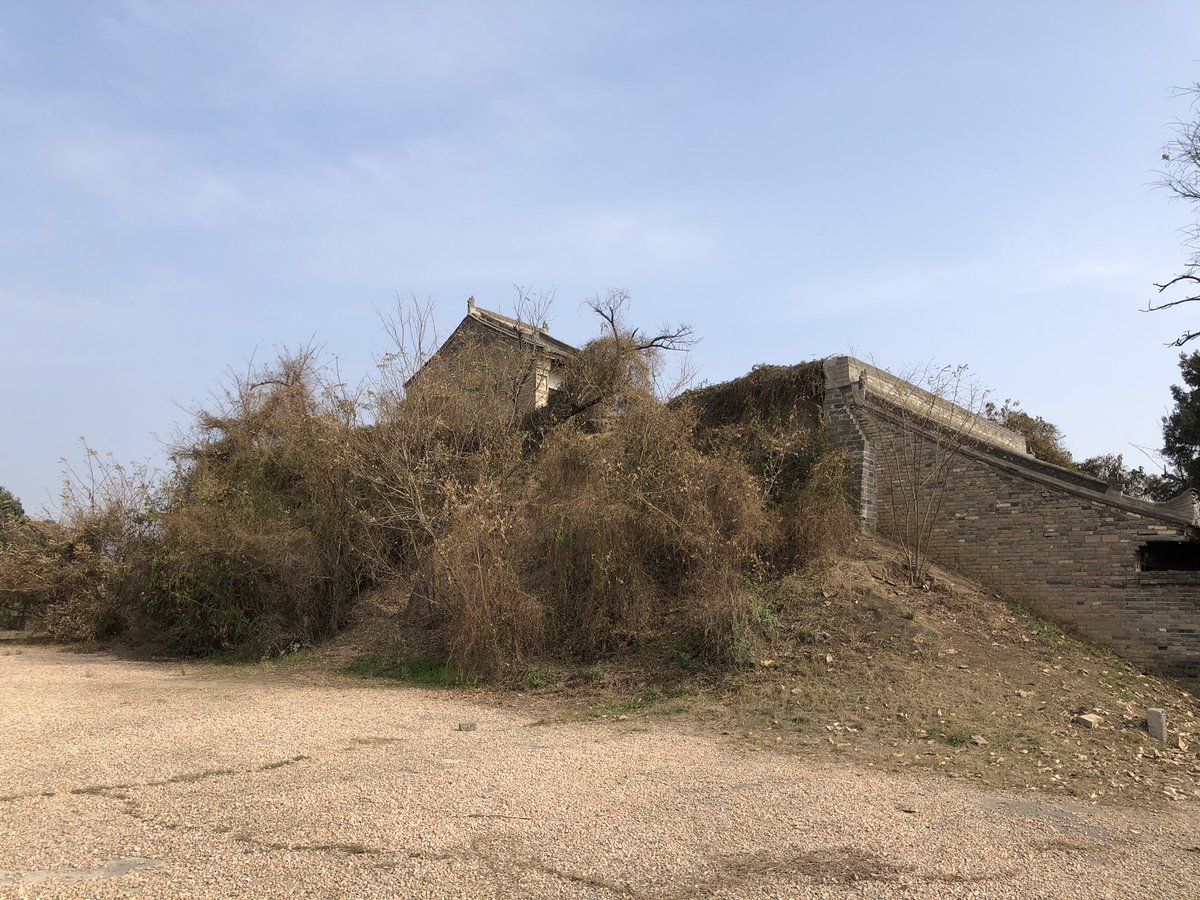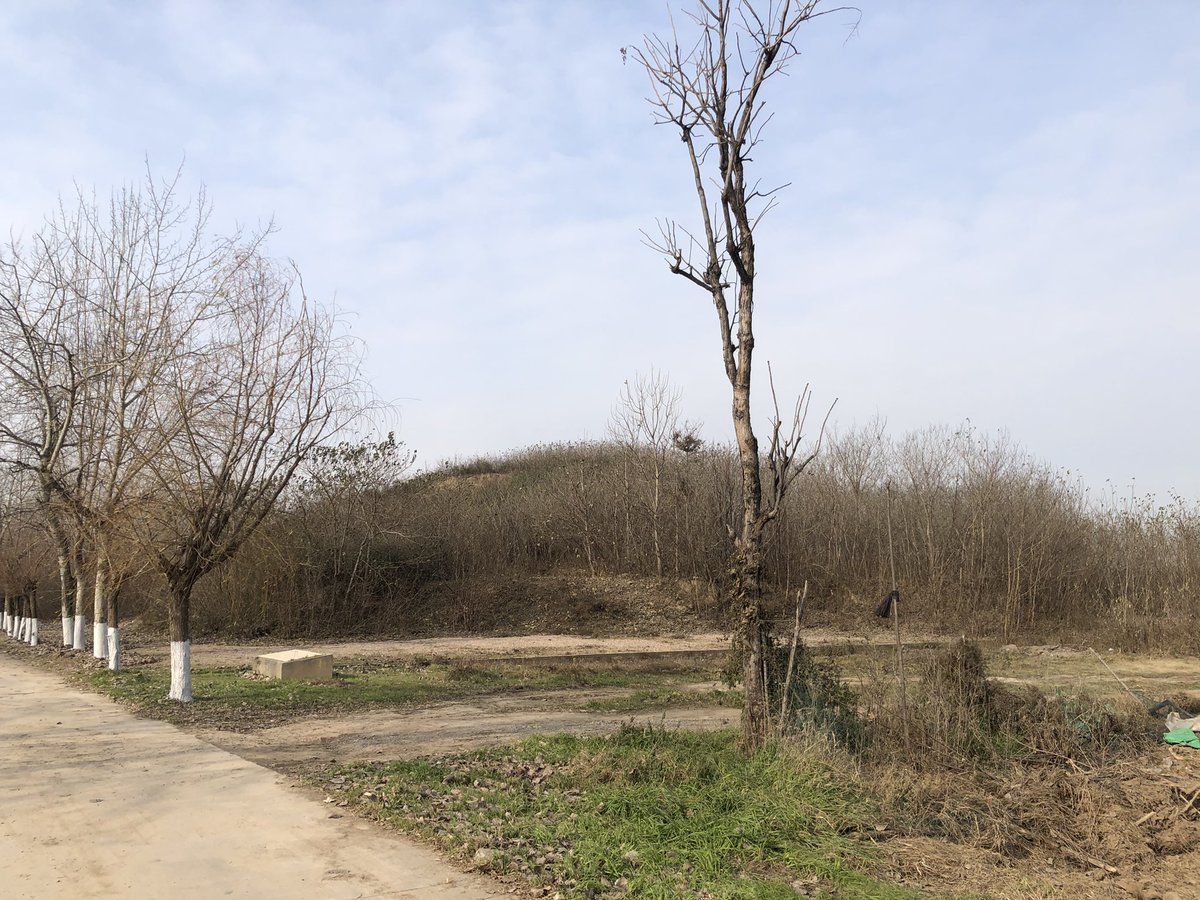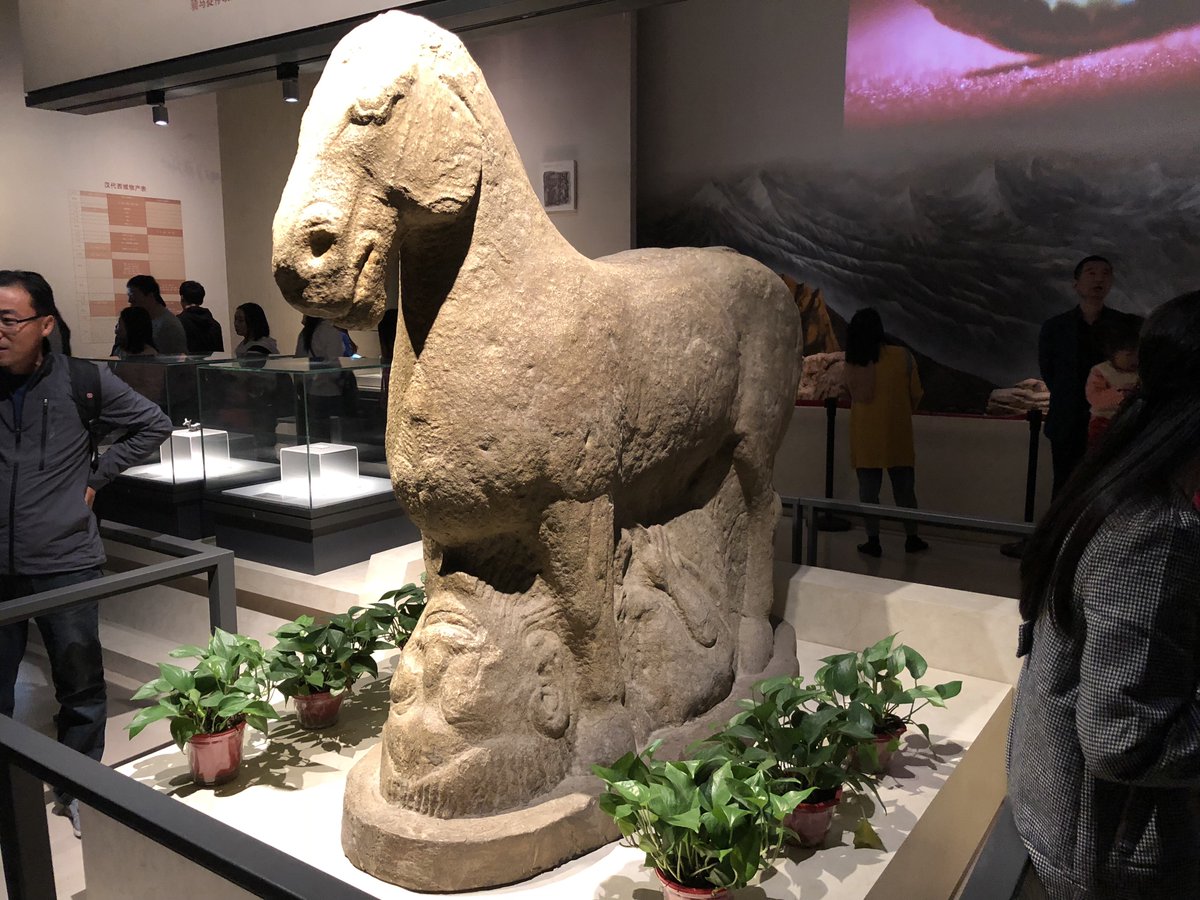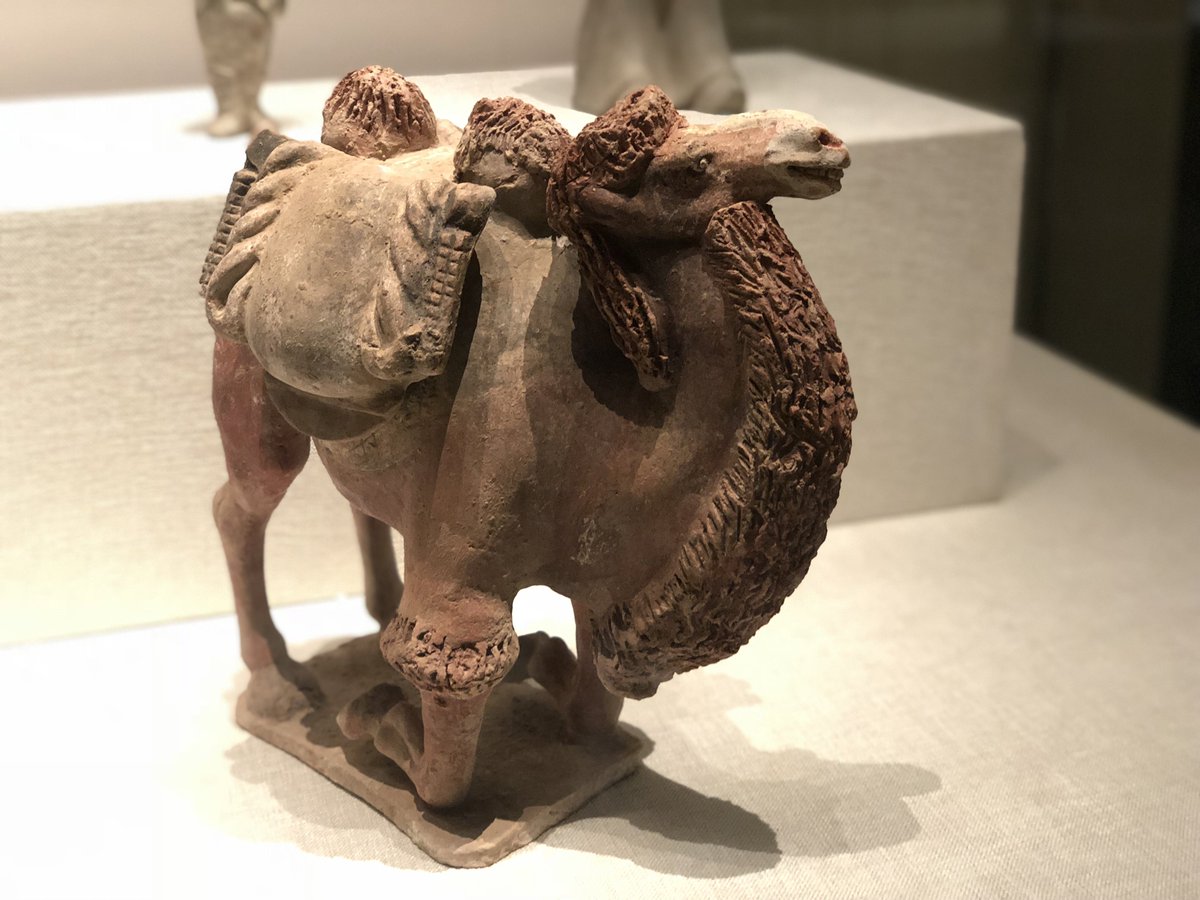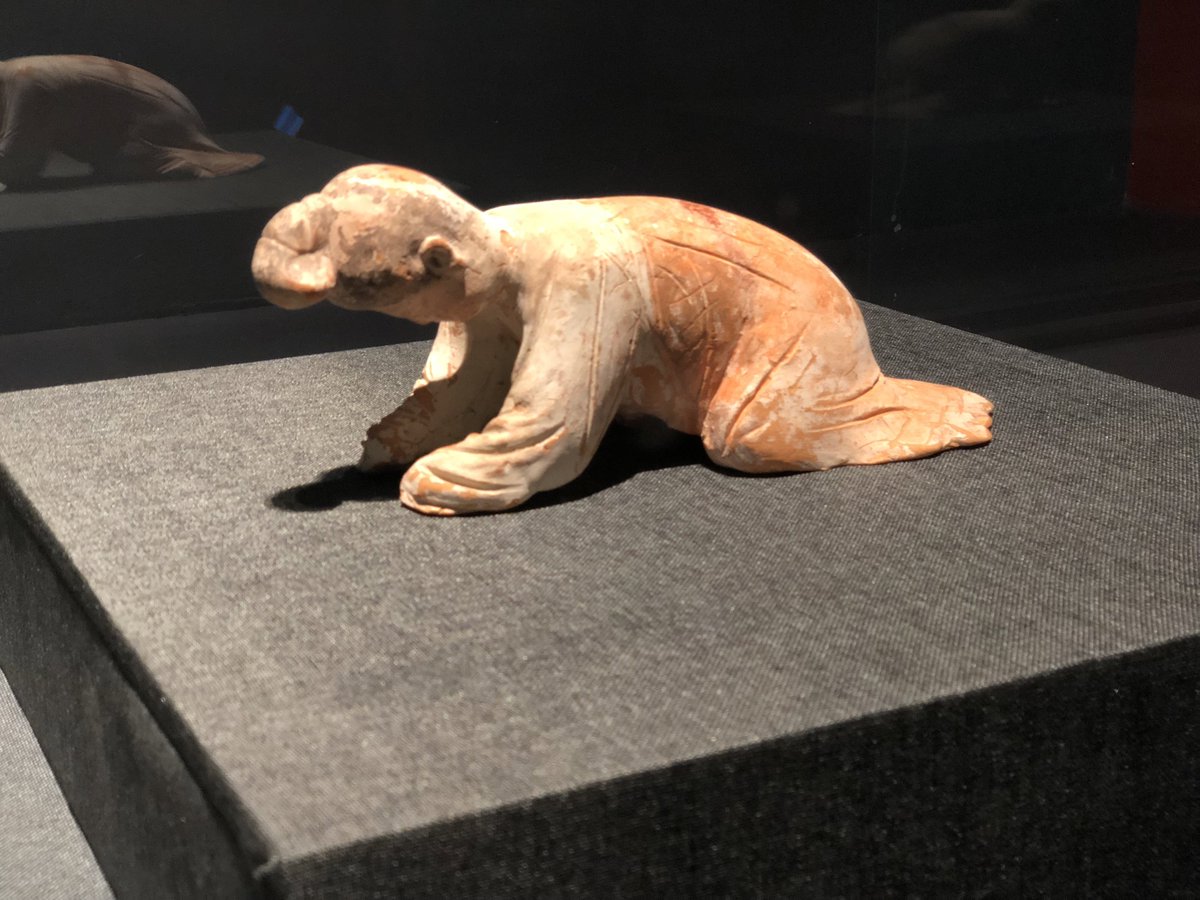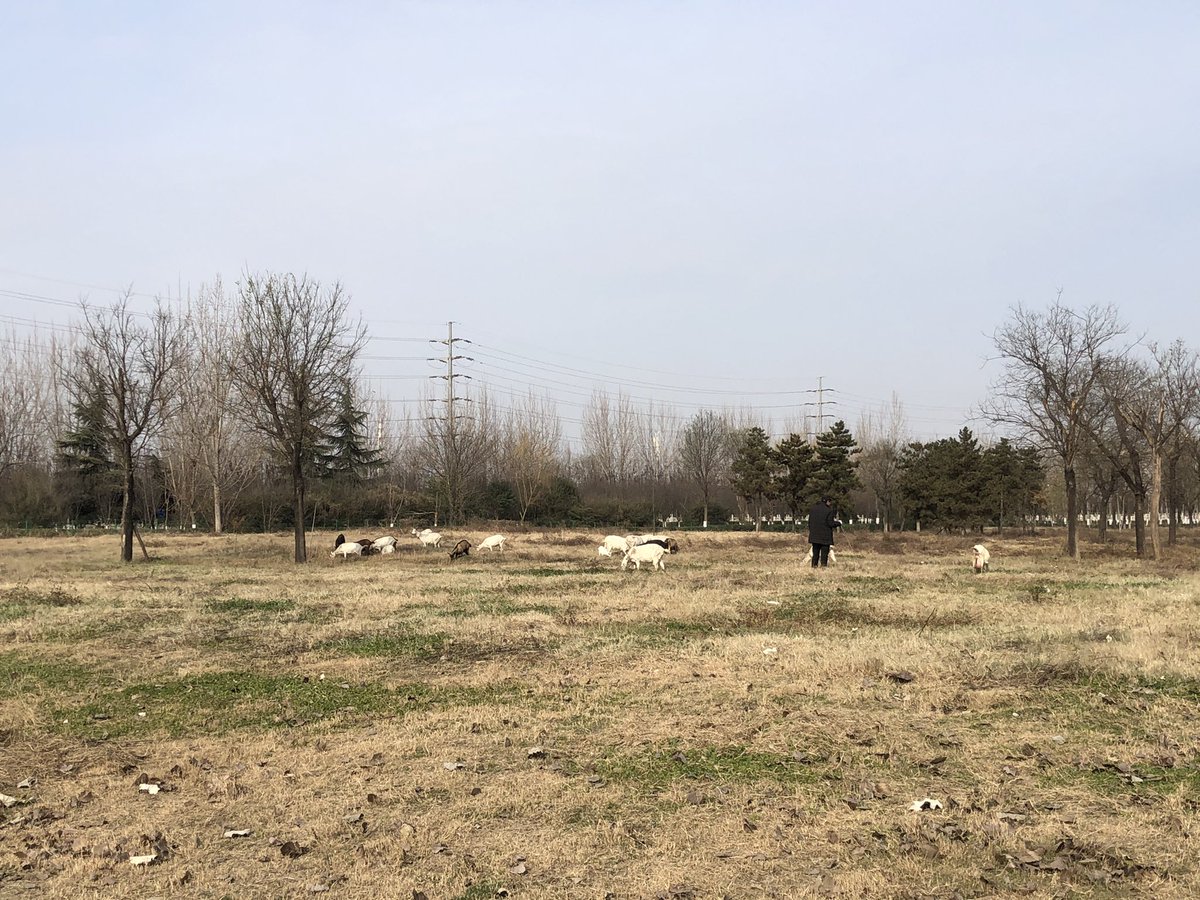China’s greatest lost city - a thread.
Xi’an - or Chang’an 长安, ‘Everlasting Peace’. One of China’s most evocative ancient cities.
Miles of pristine walls and moat stretch around ancient streets full of storied temples and pagodas deeply resonant with China’s history. 1/11
Xi’an - or Chang’an 长安, ‘Everlasting Peace’. One of China’s most evocative ancient cities.
Miles of pristine walls and moat stretch around ancient streets full of storied temples and pagodas deeply resonant with China’s history. 1/11
Today’s walled city (black) is a shadow of its glory as the Tang’s great 7th century capital (red).
36km of crenelated walls surrounded one of the world’s biggest cities. In north, now ruined Daming palace 大明宫 nourished famed emperors.
But this wasn’t the start... 2/11
36km of crenelated walls surrounded one of the world’s biggest cities. In north, now ruined Daming palace 大明宫 nourished famed emperors.
But this wasn’t the start... 2/11
In 200 BCE Liu Bang, the first Han Emperor, relocated the seat of his capital.
Moving from the ancient heart of Chinese civilisation - the Zhou capital near present Luoyang, Henan - he chose a new site, near the Qin Shihuang’s first unified capital, NW of present Xi’an. 3/11
Moving from the ancient heart of Chinese civilisation - the Zhou capital near present Luoyang, Henan - he chose a new site, near the Qin Shihuang’s first unified capital, NW of present Xi’an. 3/11
Liu Bang’s Chang’an长安 became one of the world’s greatest cities.
As Augustus assumed imperium in Rome, it housed 250,000.
From Chang’an, Han Wudi conquered the remnants of Greco-Bactria, opening ‘silk roads’ west.
(Han dynasty forts; items from Liu Bang’s tomb) 4/11
As Augustus assumed imperium in Rome, it housed 250,000.
From Chang’an, Han Wudi conquered the remnants of Greco-Bactria, opening ‘silk roads’ west.
(Han dynasty forts; items from Liu Bang’s tomb) 4/11
The countryside north of Xi’an is still pockmarked by some of the dynasty’s most visible remains - massive man-made hills, mausolea for its emperors.
Han Wudi’s Mao tomb 茂陵; Han Jingdi’s Yang tomb 阳陵, and of his wife Empress Wang.
But what of the vast city itself? 5/11
Han Wudi’s Mao tomb 茂陵; Han Jingdi’s Yang tomb 阳陵, and of his wife Empress Wang.
But what of the vast city itself? 5/11
Between Xi’an and its new airport is around 40km2 of unassuming scrubland, sandwiched between motorways, rail lines and bleak industrial estates.
Here uneven hillocks, trenches and piles of column bases hint at ruins of the enormous city, excavated over generations. 6/11
Here uneven hillocks, trenches and piles of column bases hint at ruins of the enormous city, excavated over generations. 6/11
Almost 26km of huge ramparts marked out the city’s expanse.
The odd watch tower now pokes from the scrub, grass growing on their tamped earth tops.
In the east remains the vast imperial moat, its corner now a city park and lake clinging to contours of the ancient wall. 7/11
The odd watch tower now pokes from the scrub, grass growing on their tamped earth tops.
In the east remains the vast imperial moat, its corner now a city park and lake clinging to contours of the ancient wall. 7/11
In SW sat Weiyang Palace 未央宫, heart of the imperial bureaucracy, almost 7 times size of Beijing’s Forbidden City.
The huge front hall 前殿looms uncowed over the plain.
To its south stretched the enormous Lake Cang 沧池, fed by a canal still etched into the landscape. 8/11
The huge front hall 前殿looms uncowed over the plain.
To its south stretched the enormous Lake Cang 沧池, fed by a canal still etched into the landscape. 8/11
Despite desolation, historical evidence lets us understand much about the palace and its parts.
Tianlu Pavilion 天禄阁 functioned as a text repository and academy for Han literary giants.
Shiqu Pavilion 石渠阁 was the city archive for ancient texts from former dynasties. 9/11
Tianlu Pavilion 天禄阁 functioned as a text repository and academy for Han literary giants.
Shiqu Pavilion 石渠阁 was the city archive for ancient texts from former dynasties. 9/11
So what happened?
The Han crumbled. Chang’an, repeatedly sacked.
Later dynasties - Jin, Zhao, Wei - tried to reoccupy. Eventually the Sui and Tang restoration broke with the past, moving the capital SE.
The remains were gradually buried, to be dug up millennia later. 10/11
The Han crumbled. Chang’an, repeatedly sacked.
Later dynasties - Jin, Zhao, Wei - tried to reoccupy. Eventually the Sui and Tang restoration broke with the past, moving the capital SE.
The remains were gradually buried, to be dug up millennia later. 10/11

 Read on Twitter
Read on Twitter